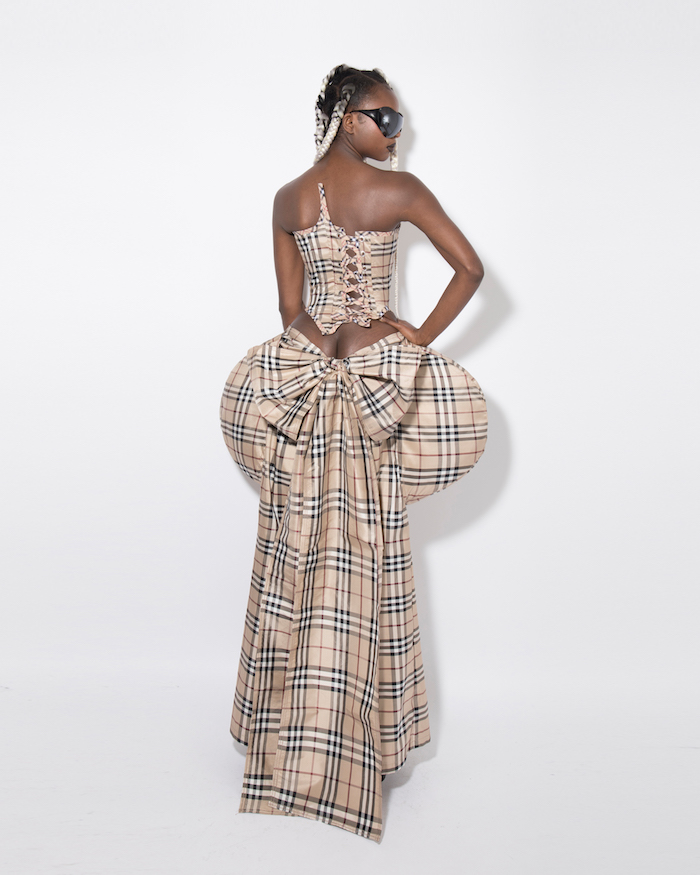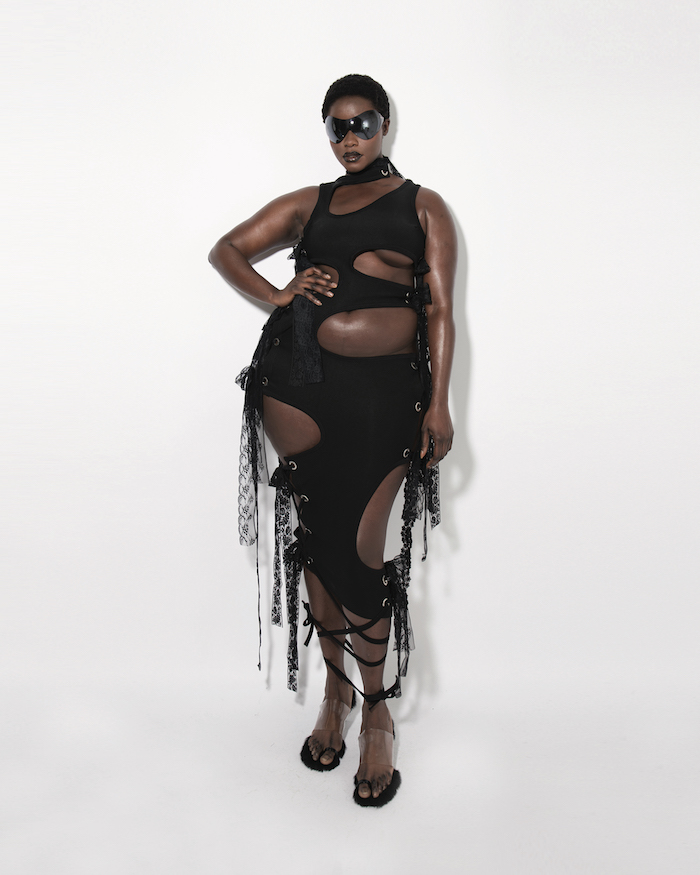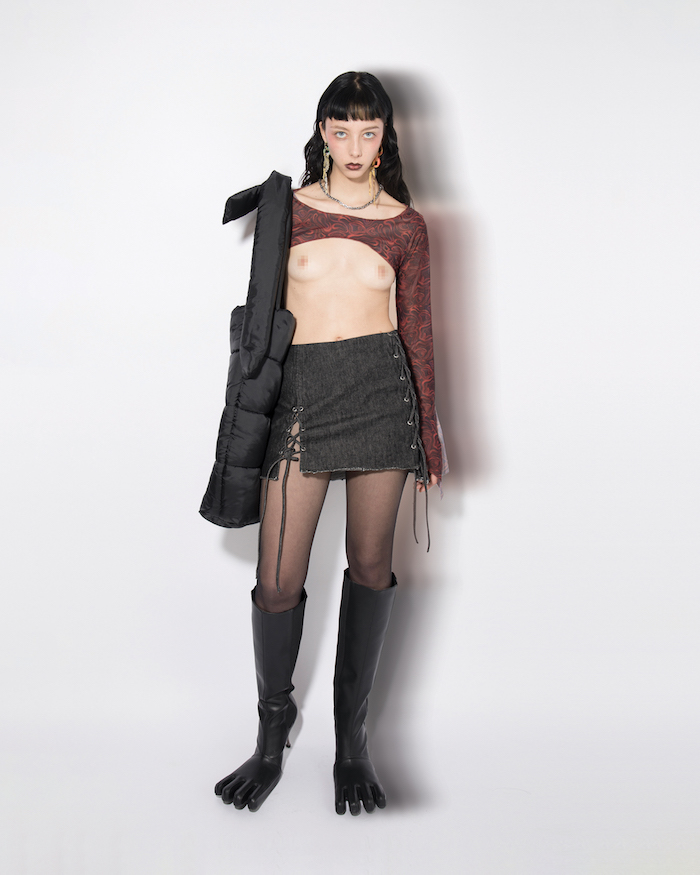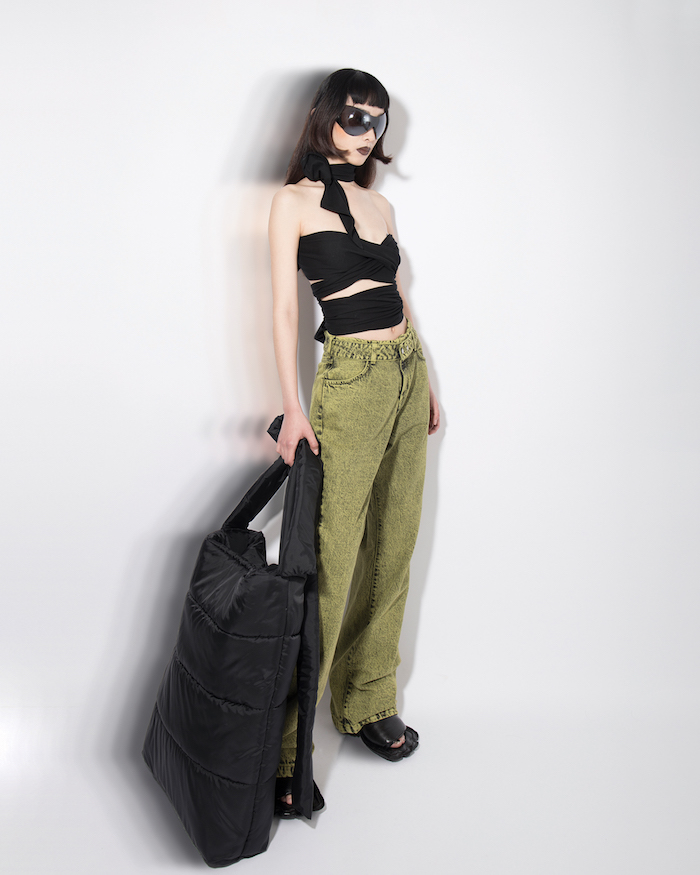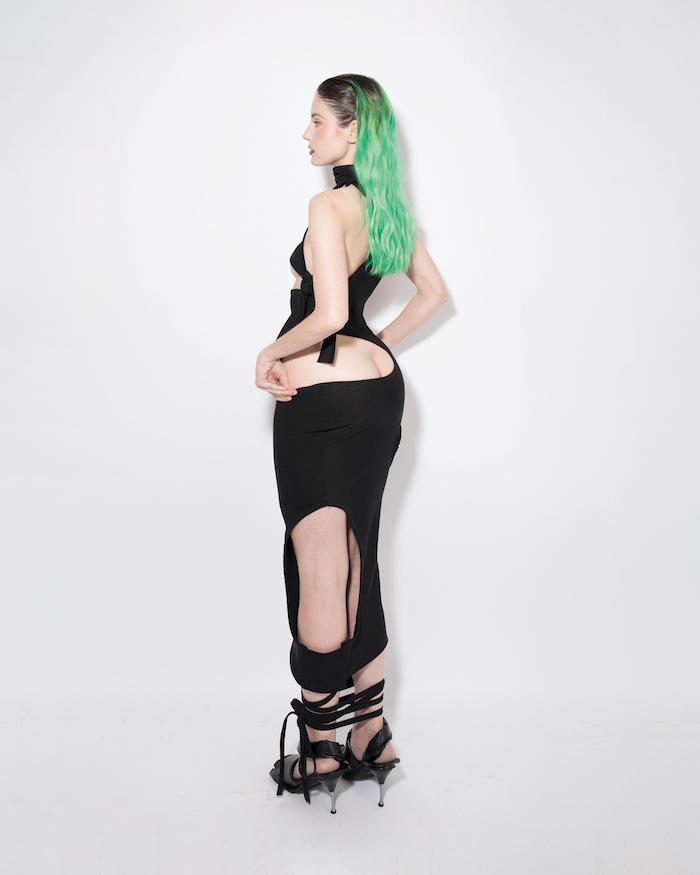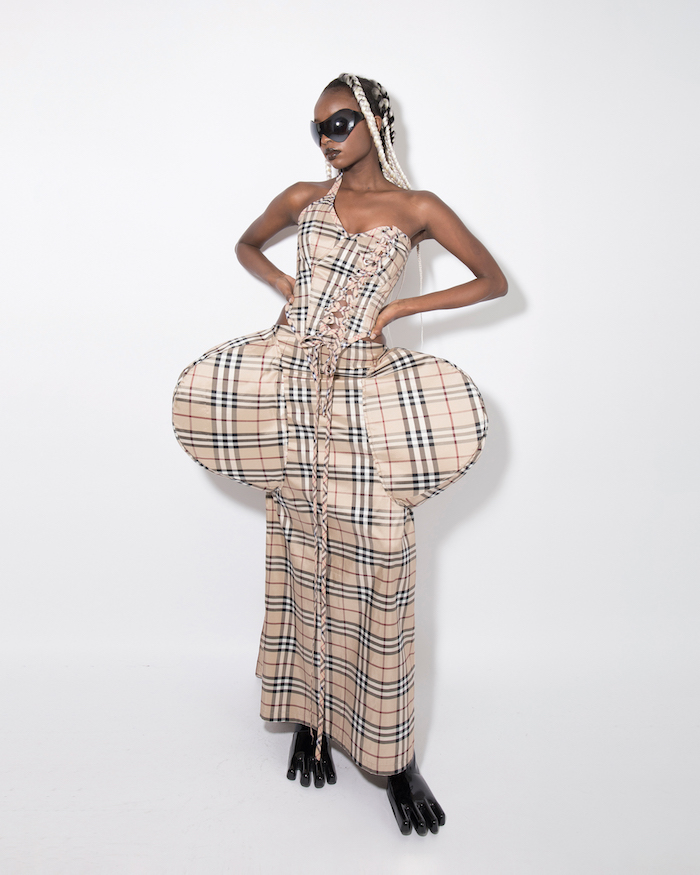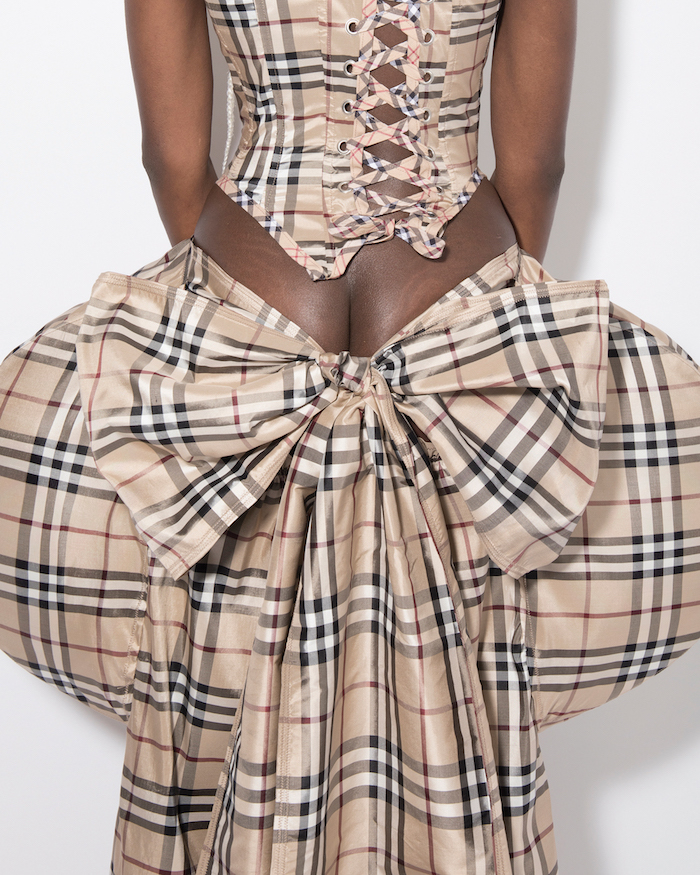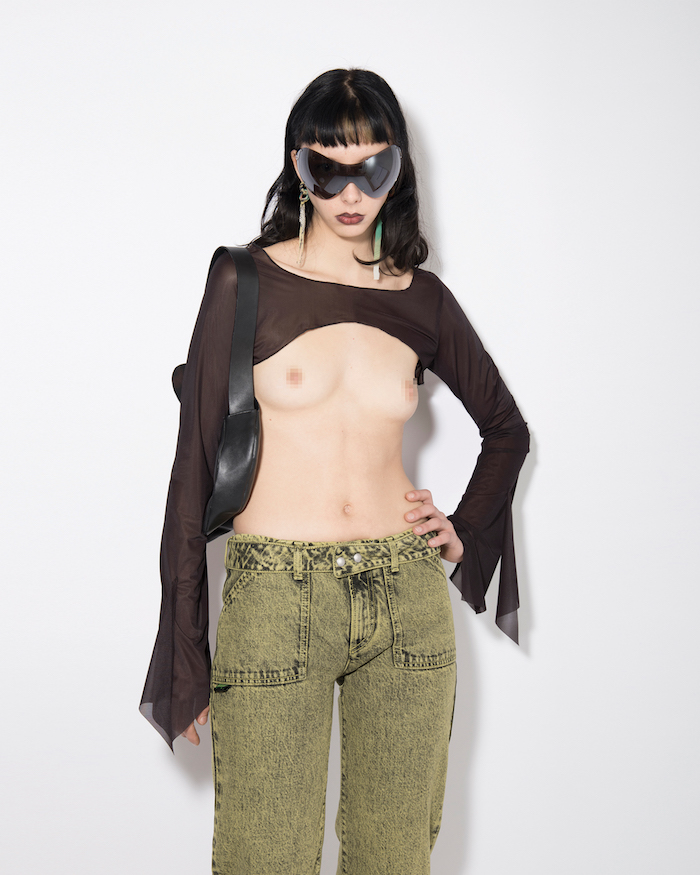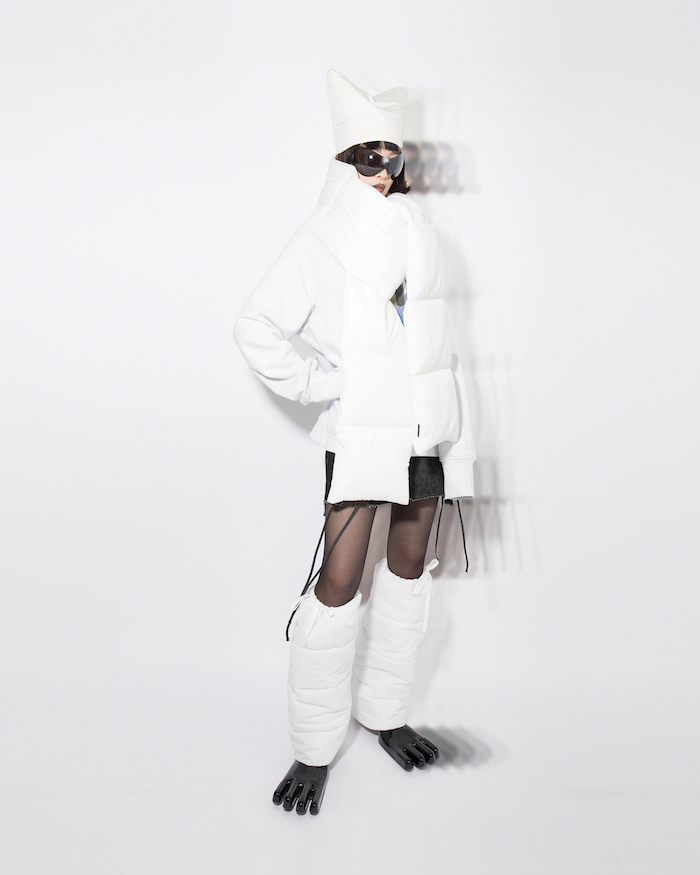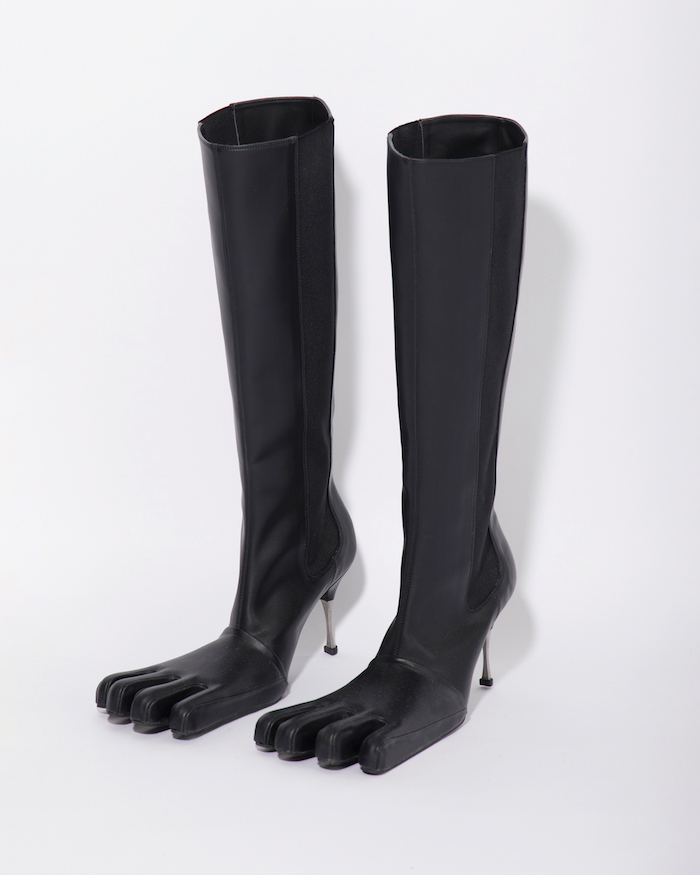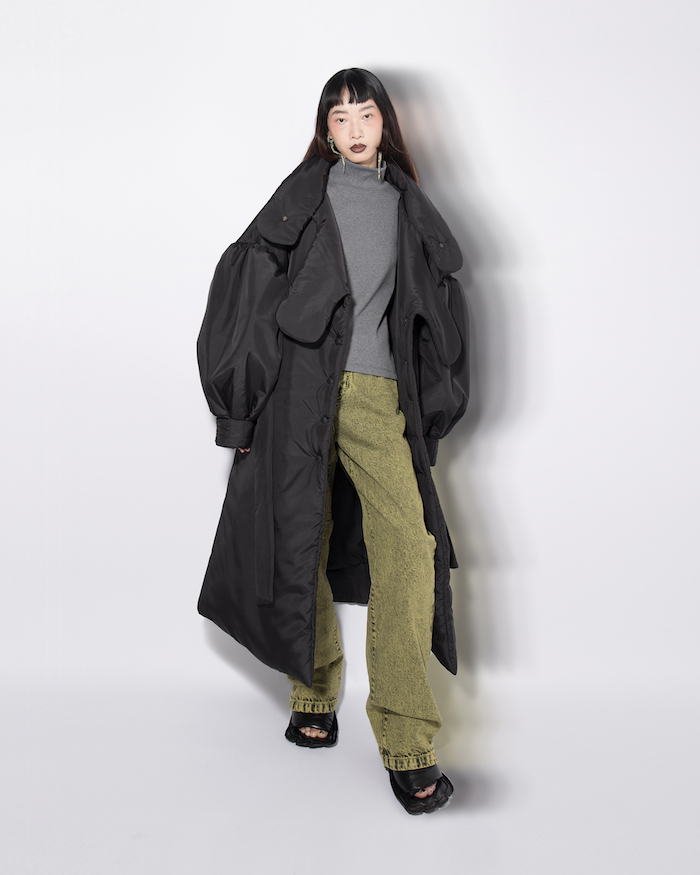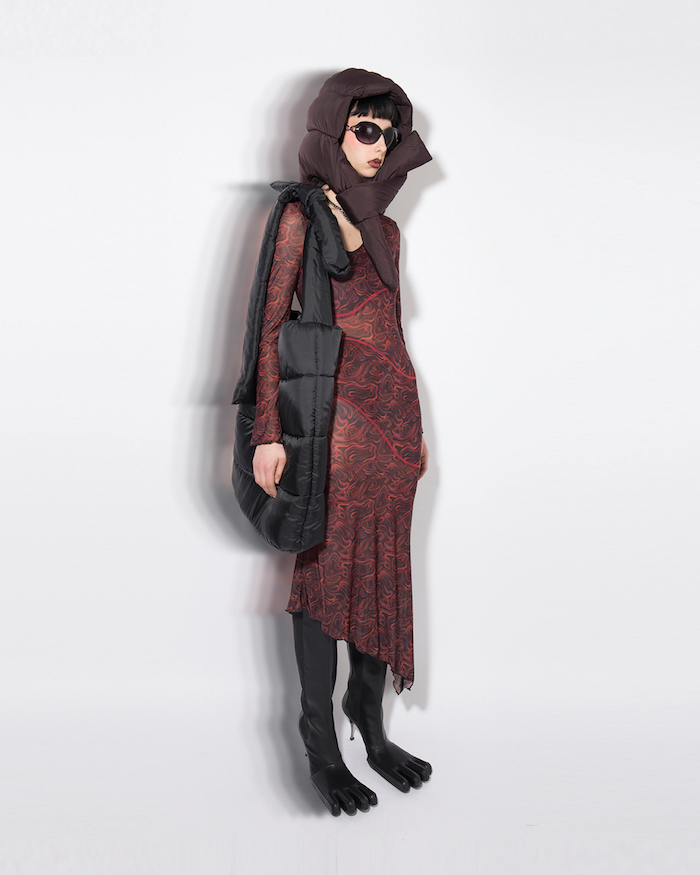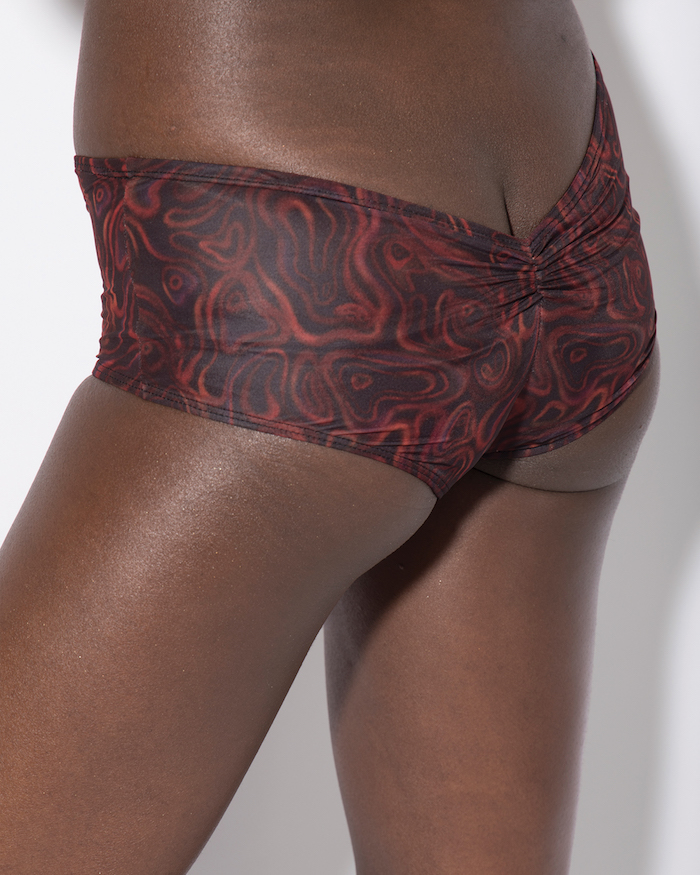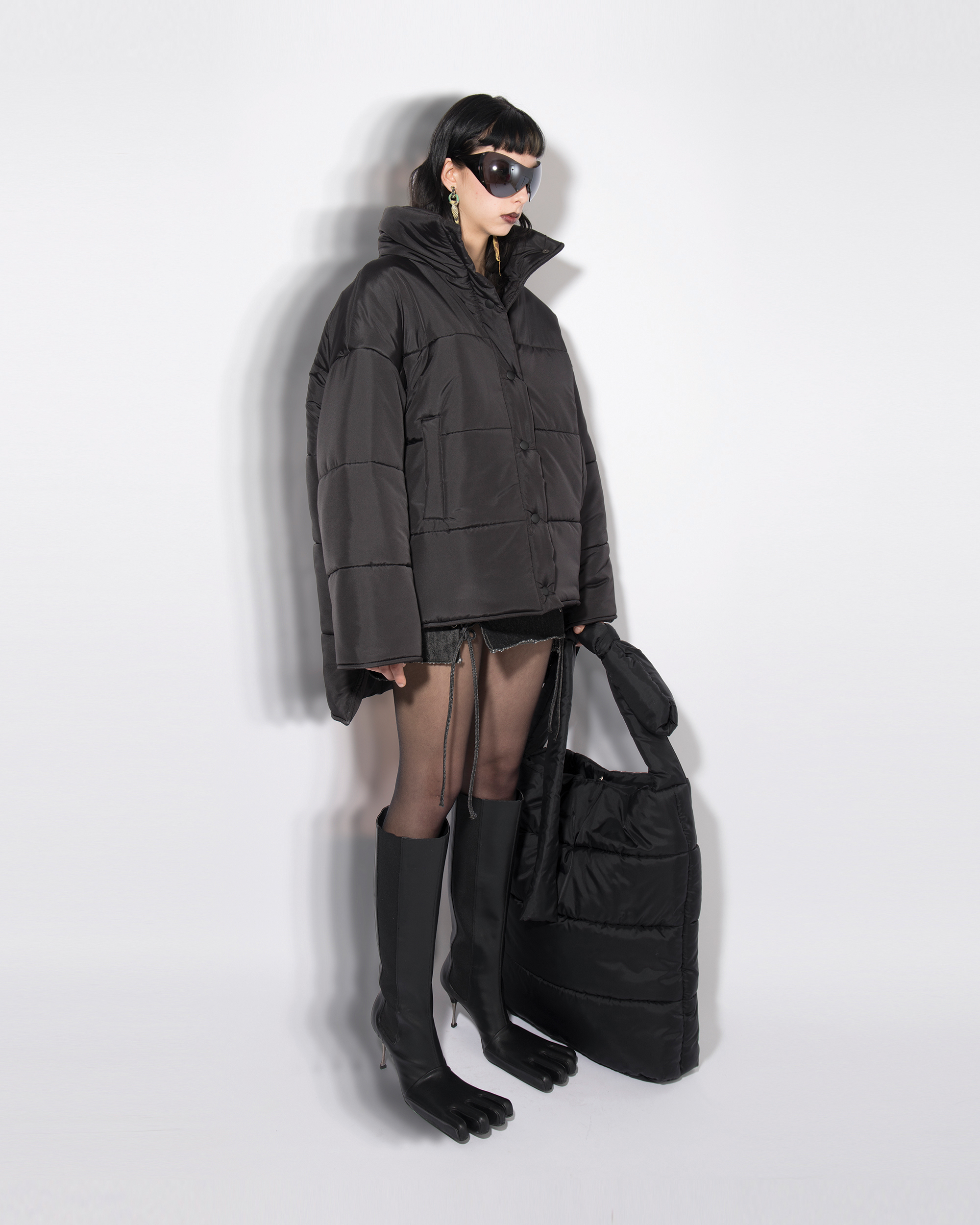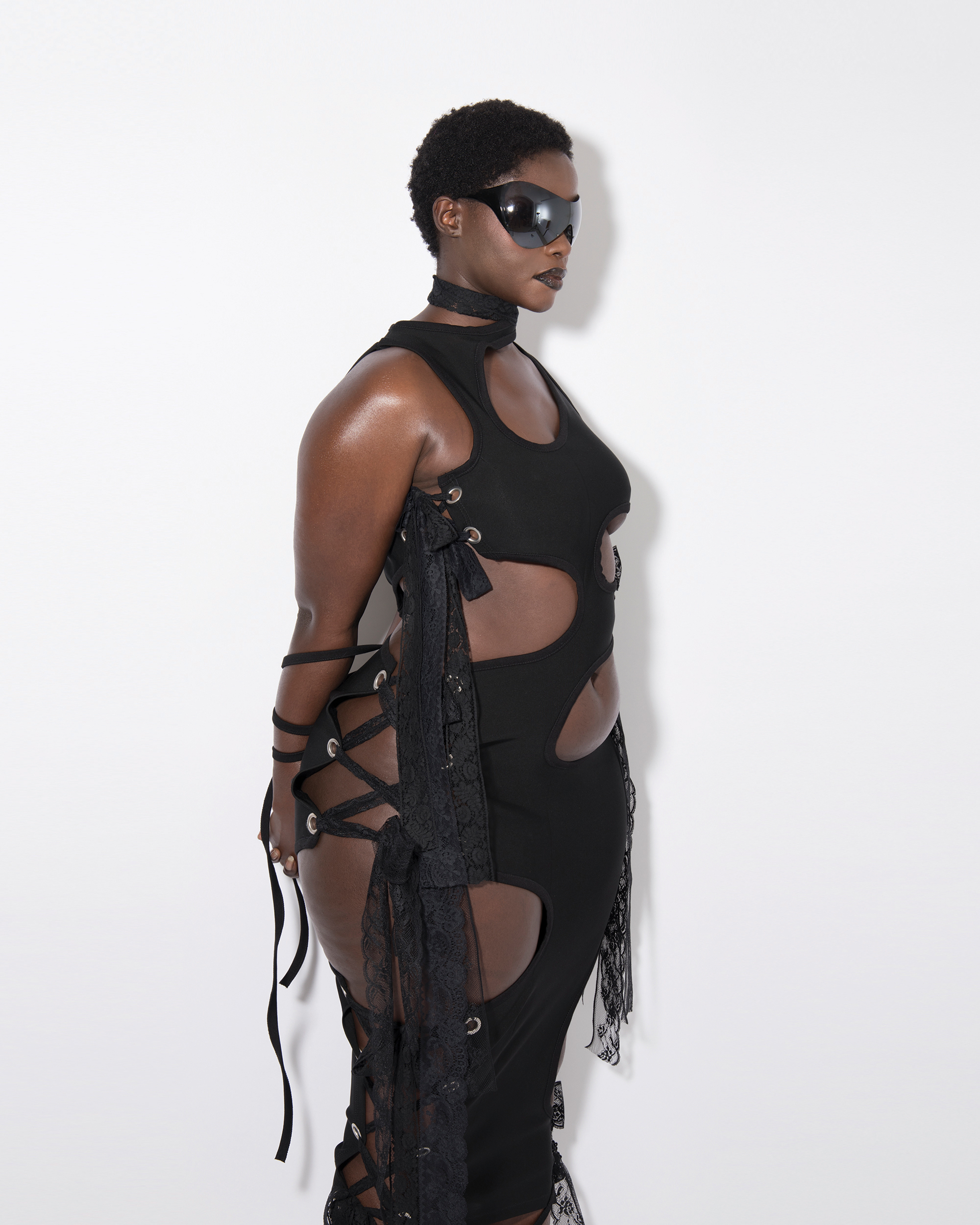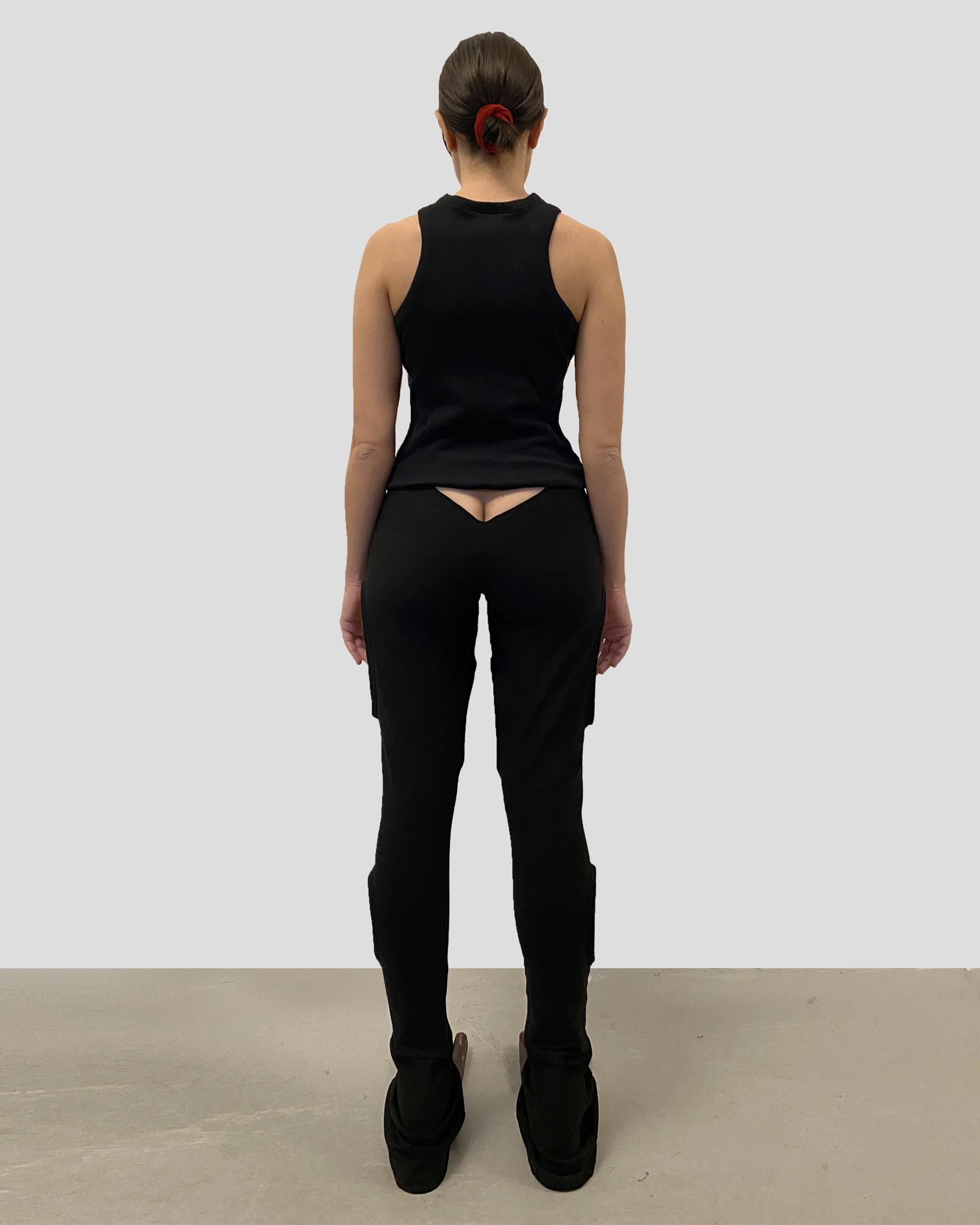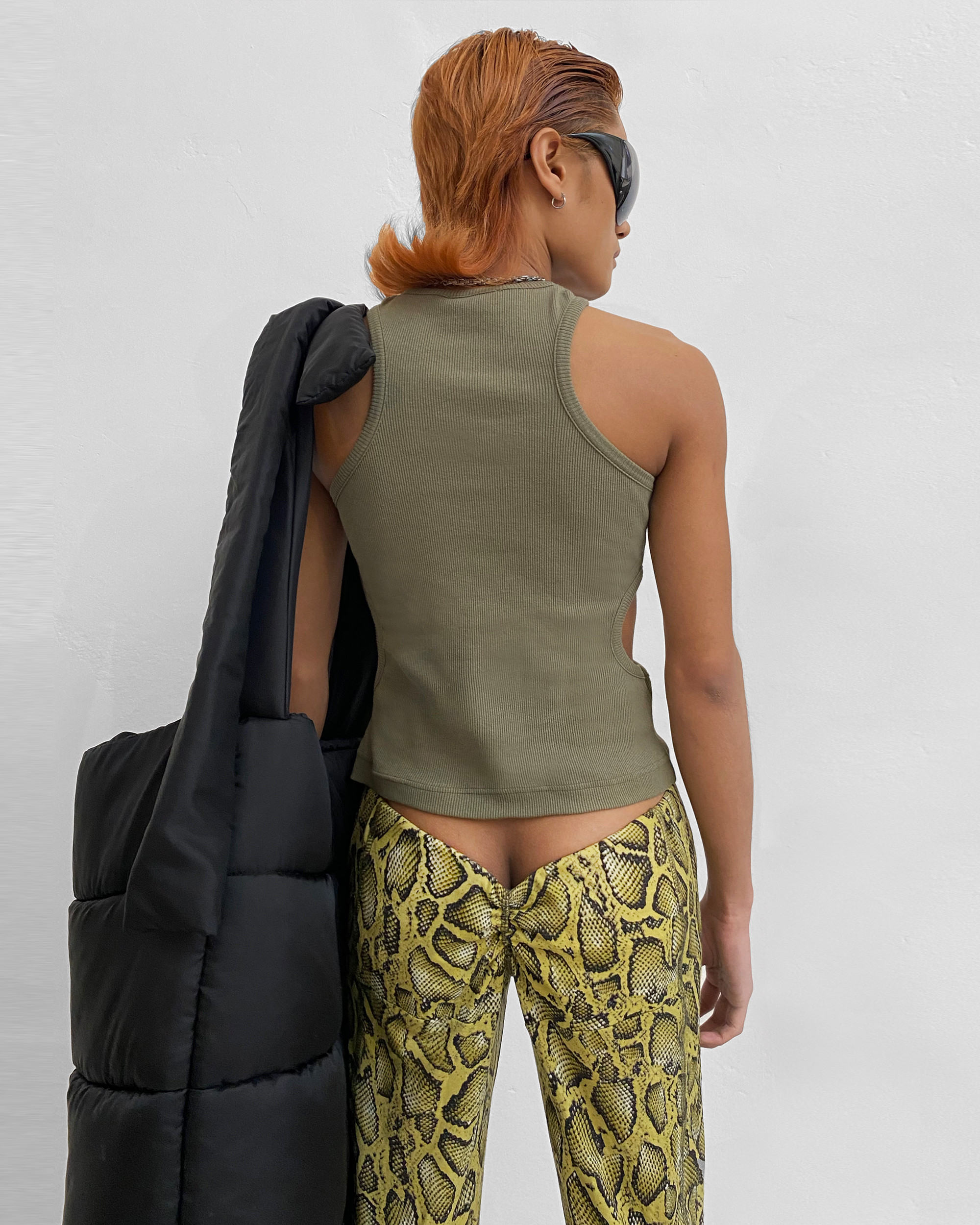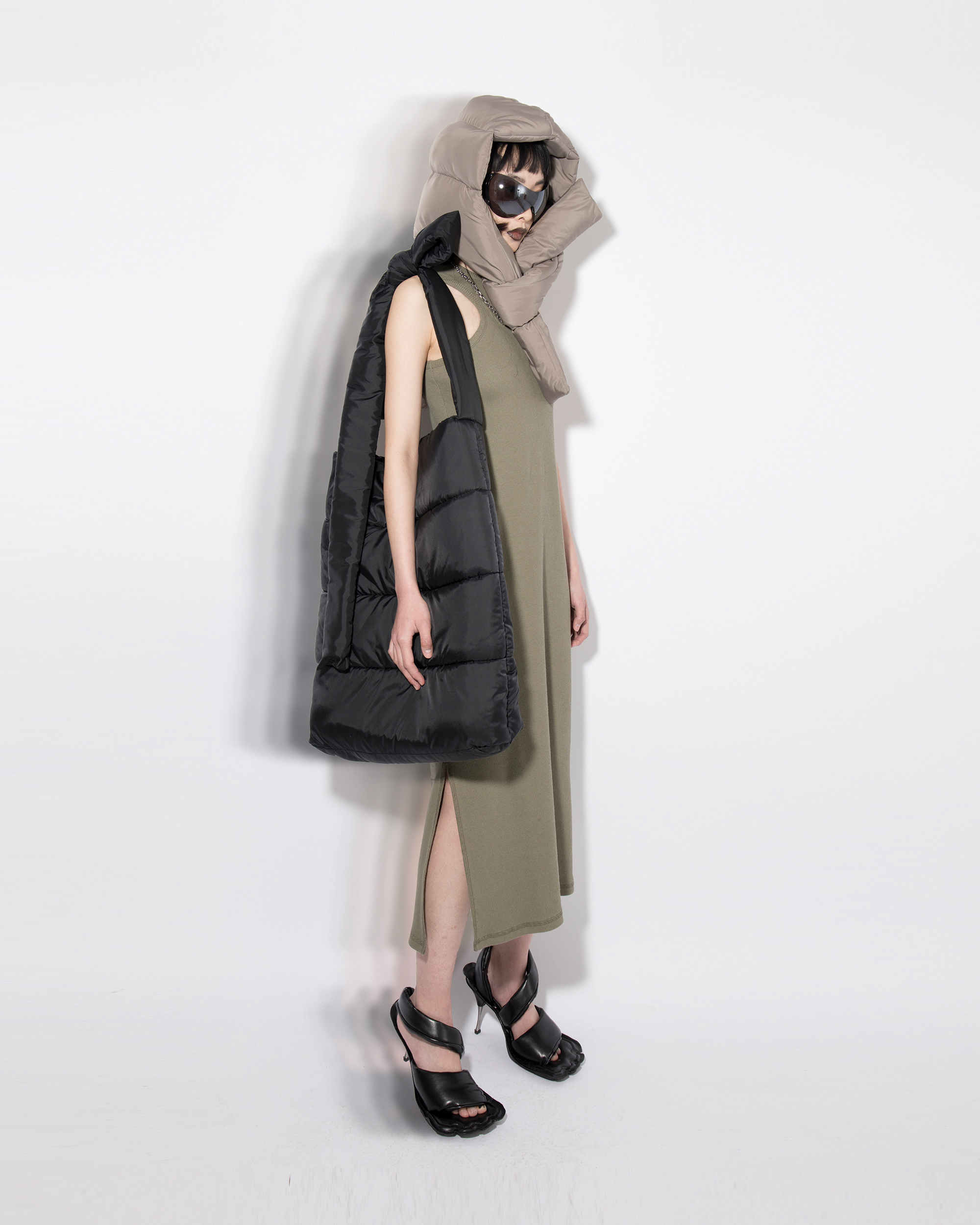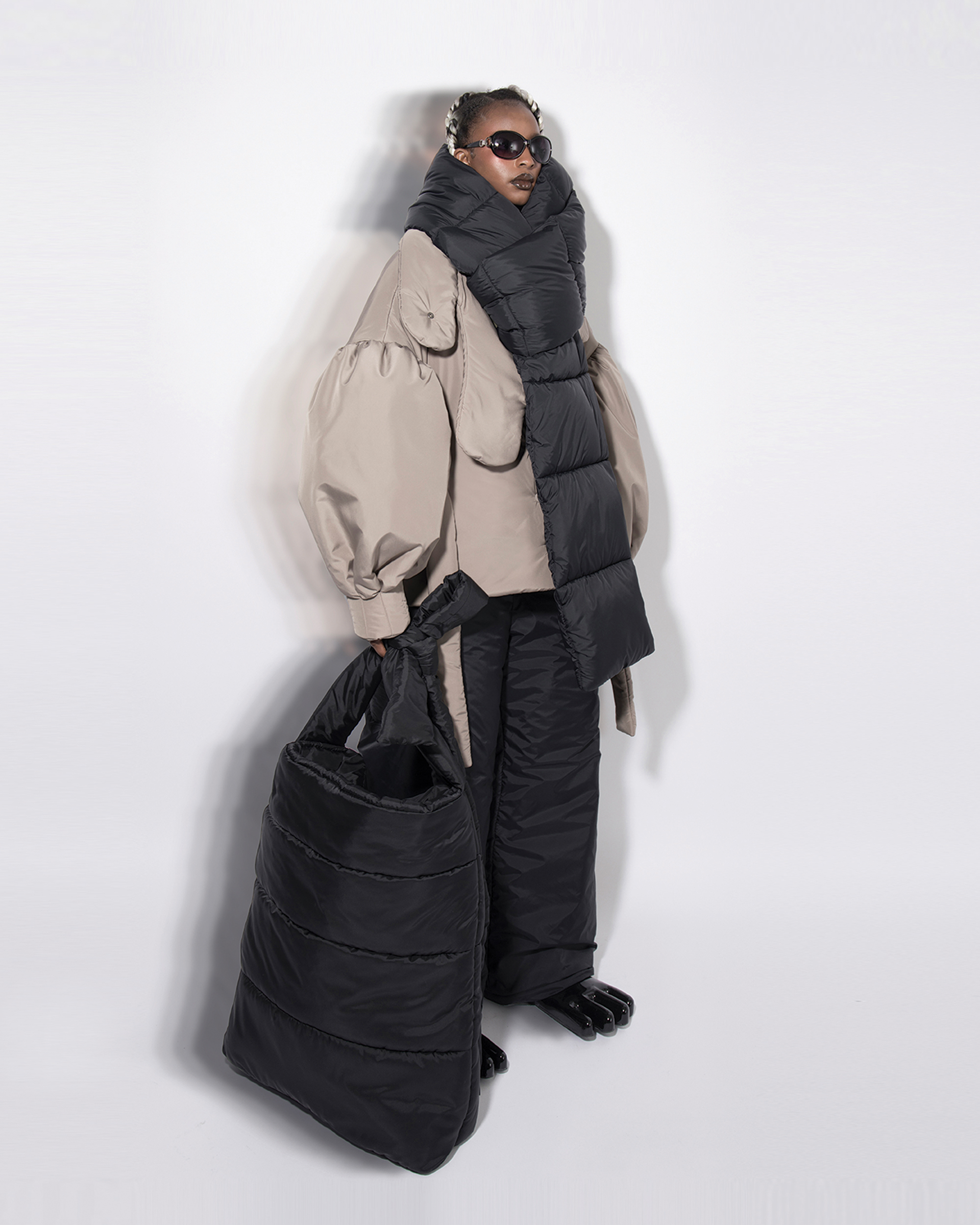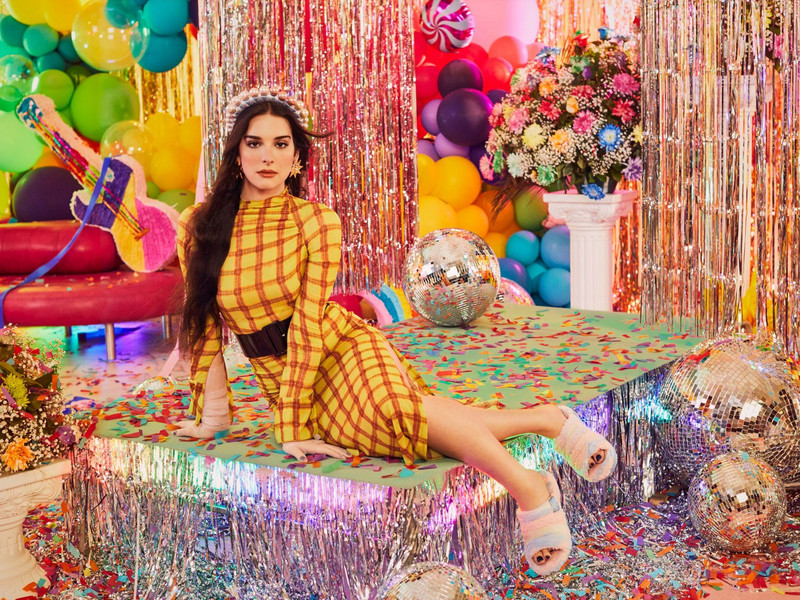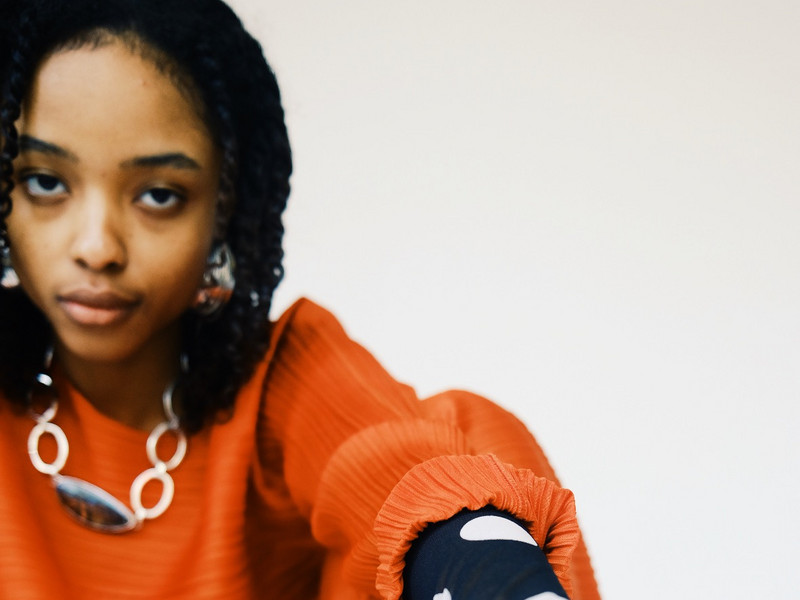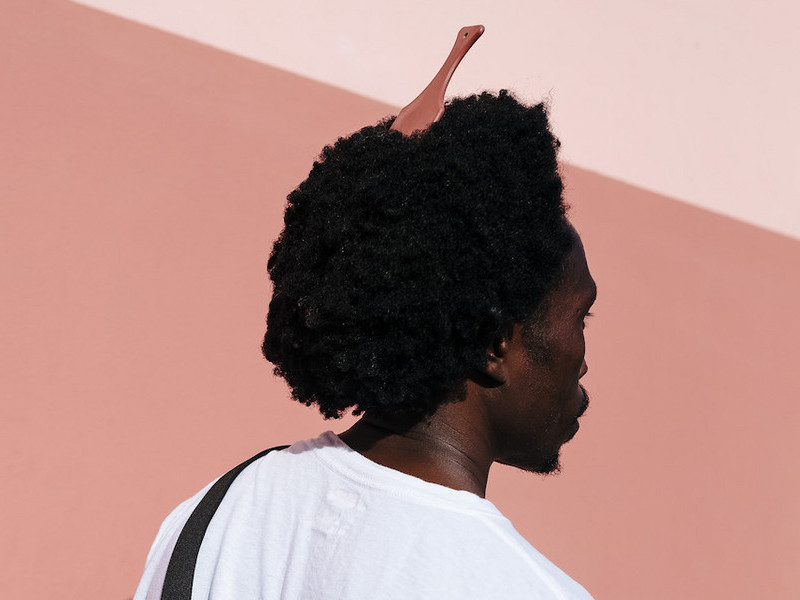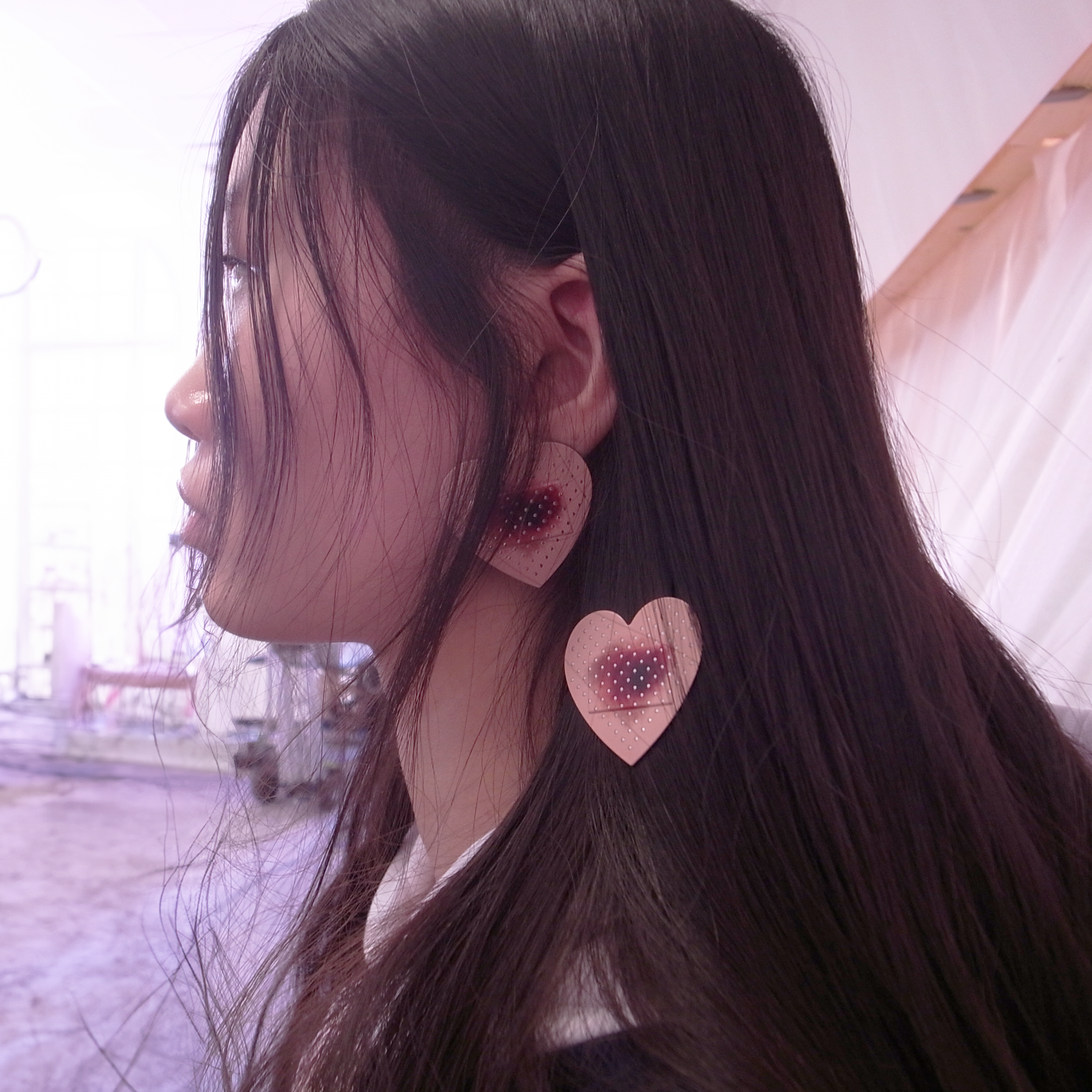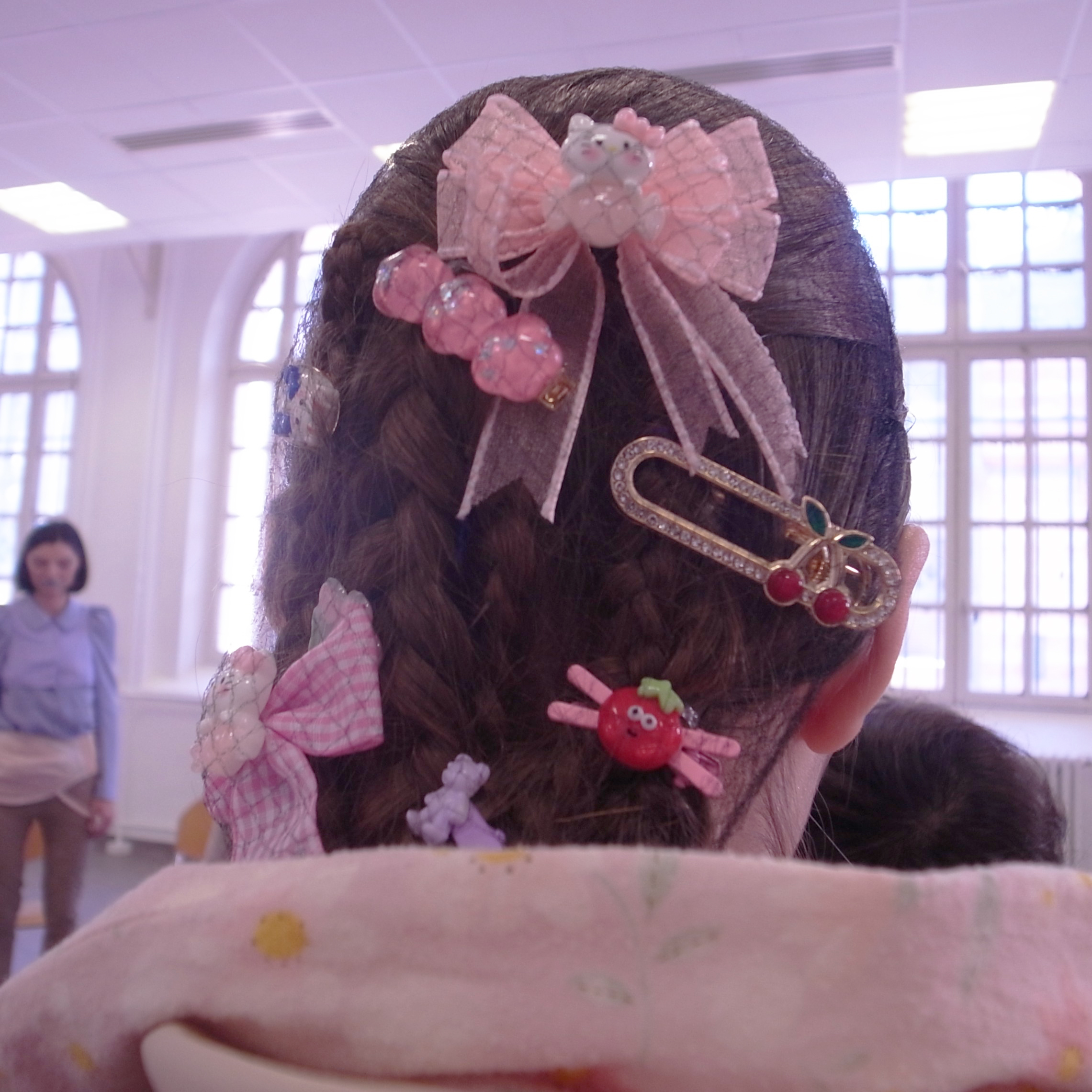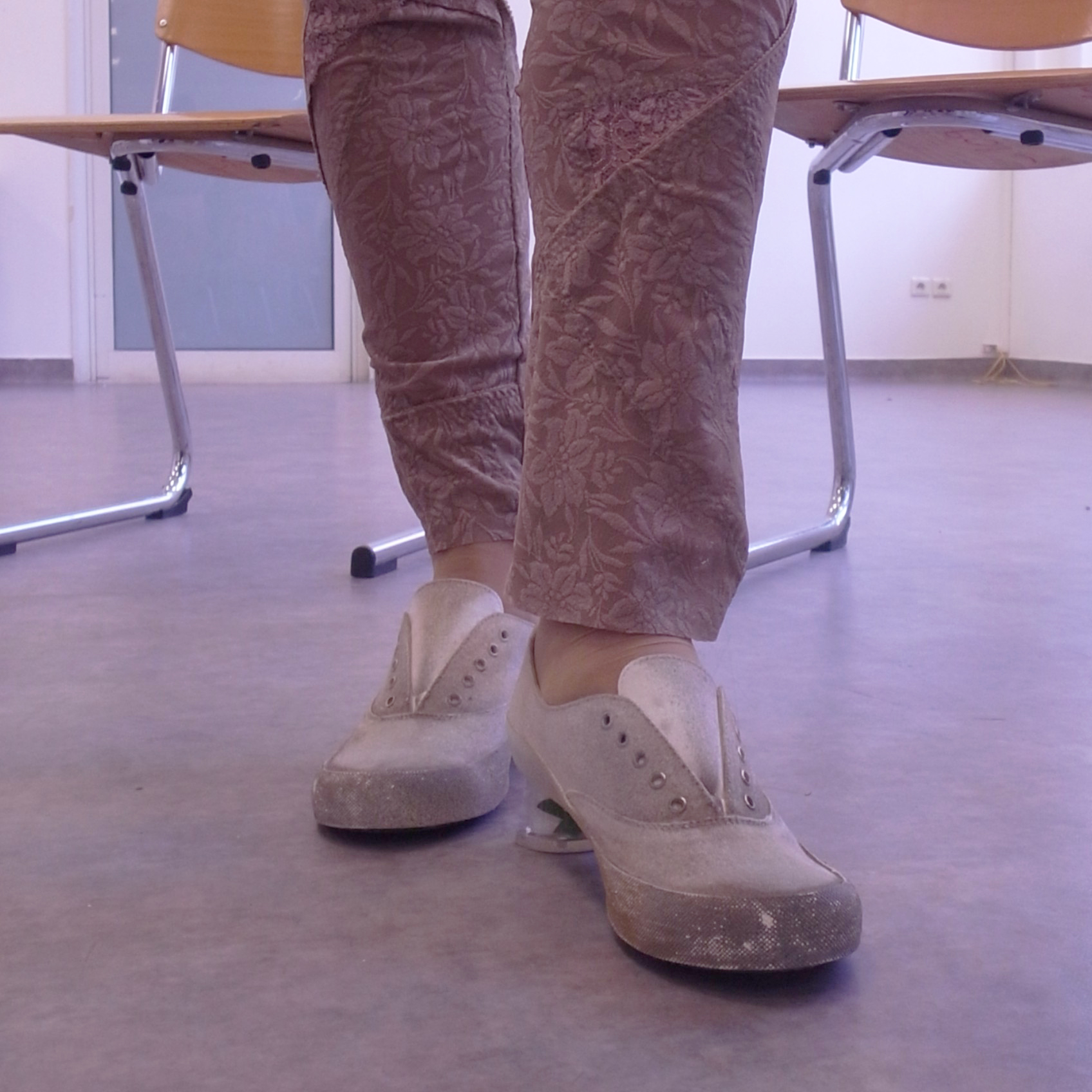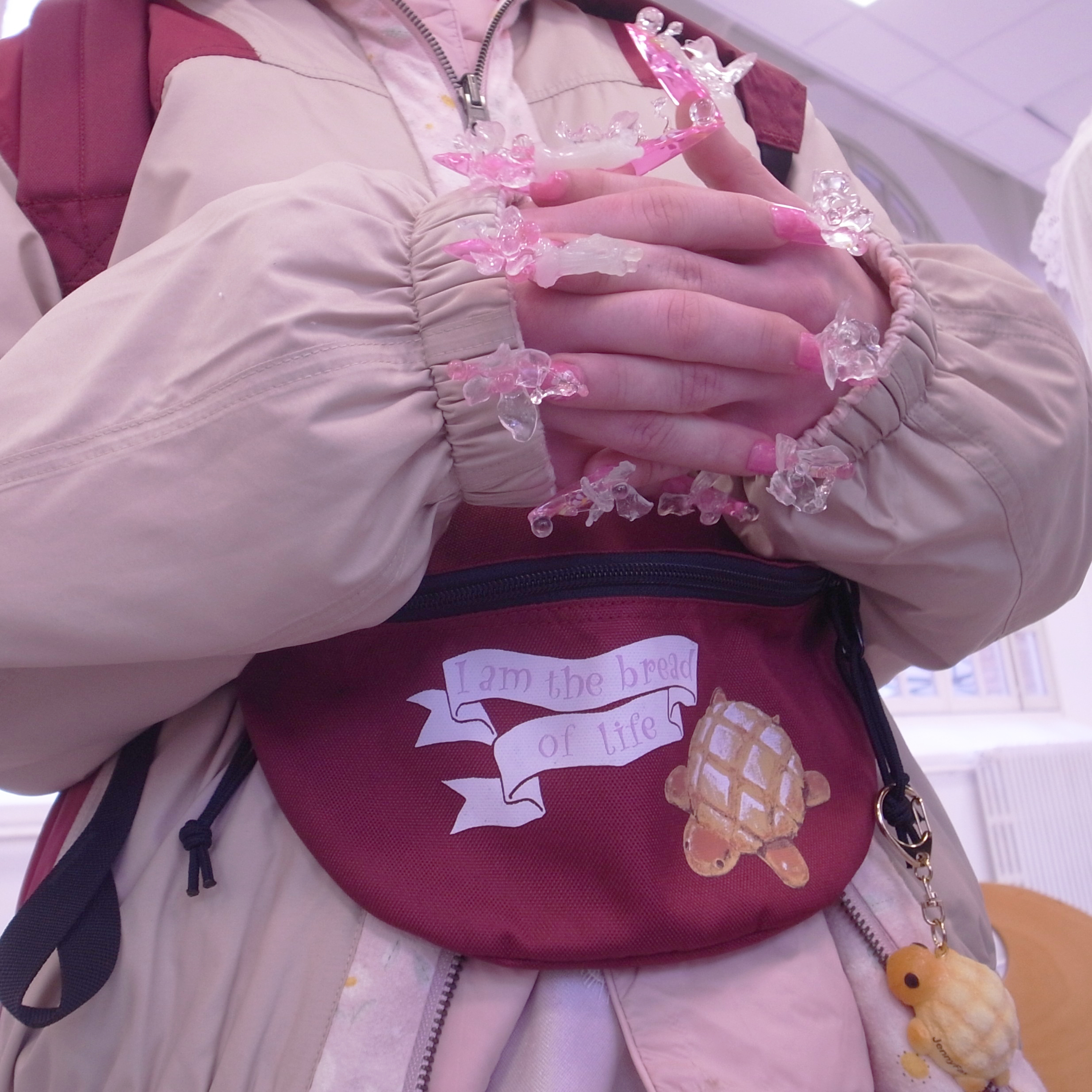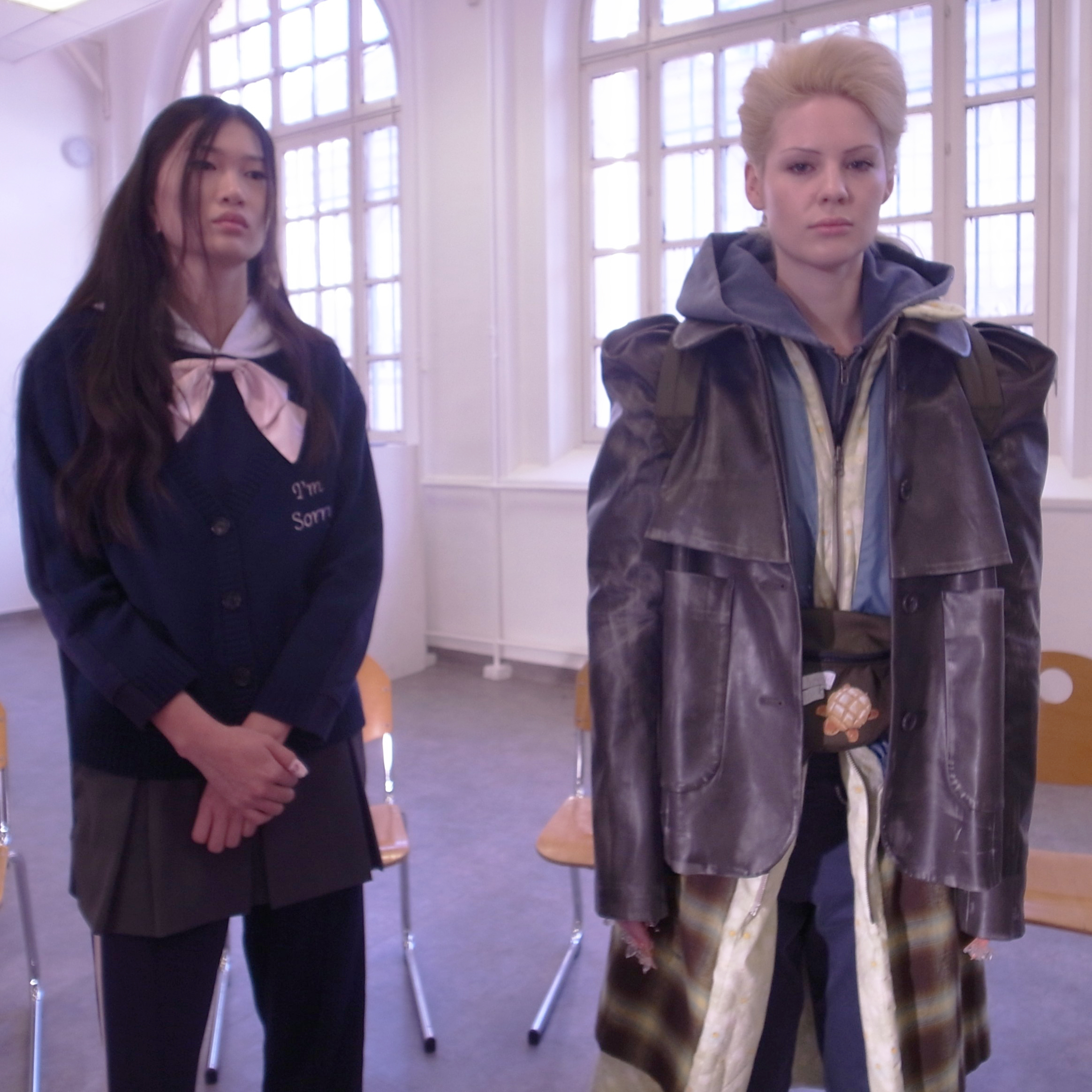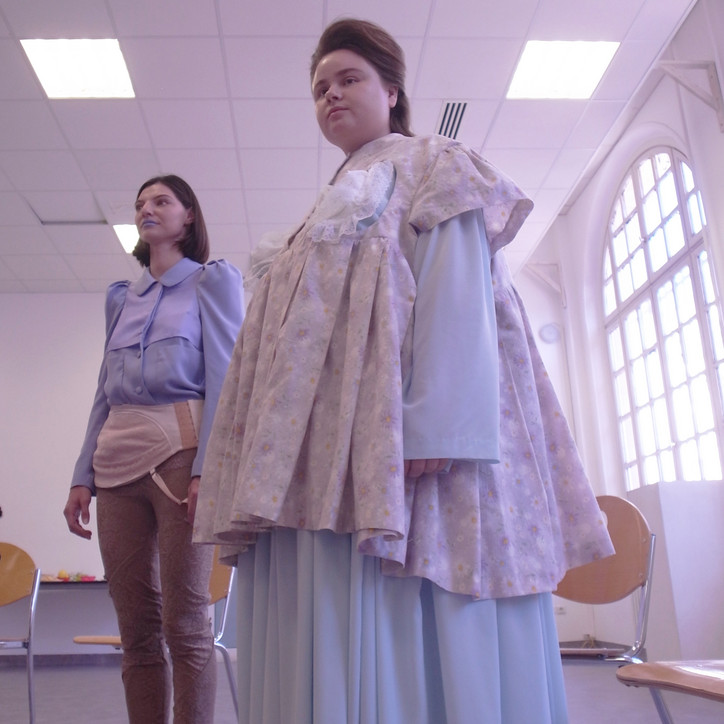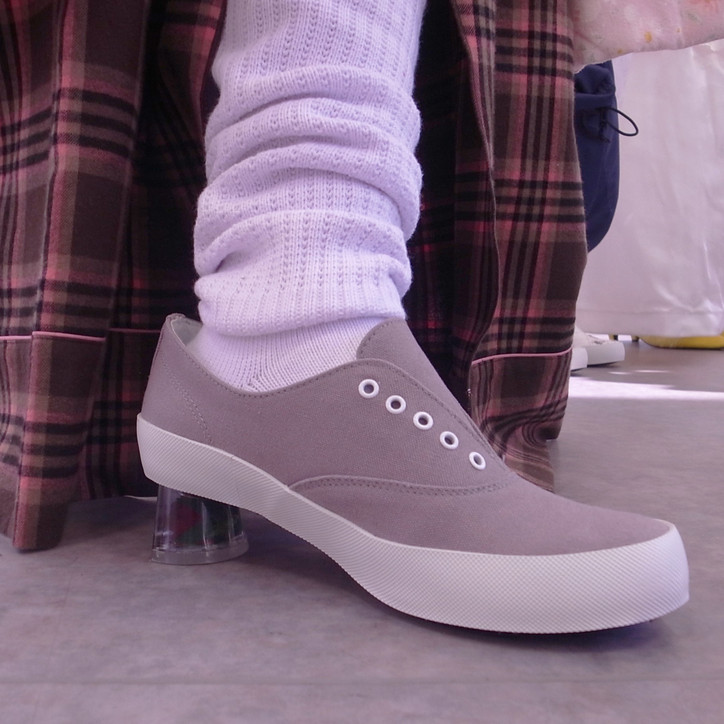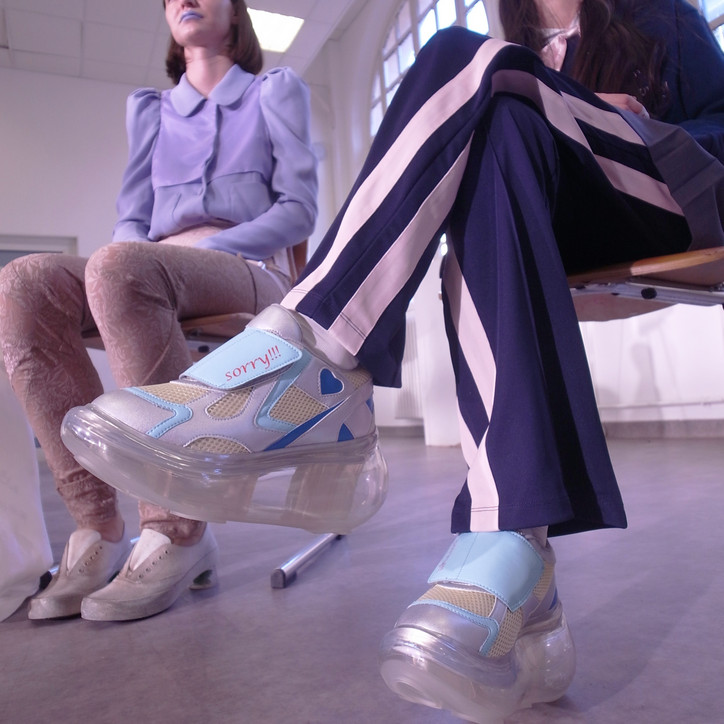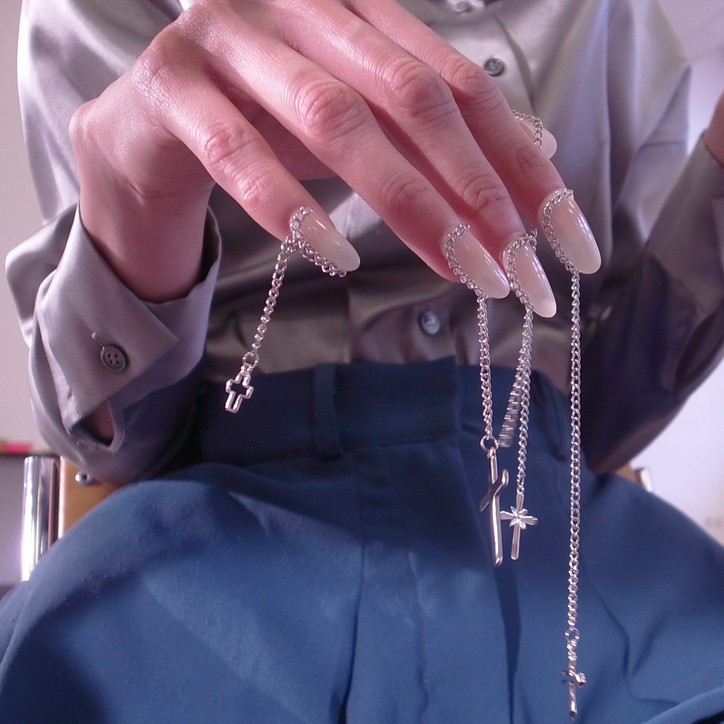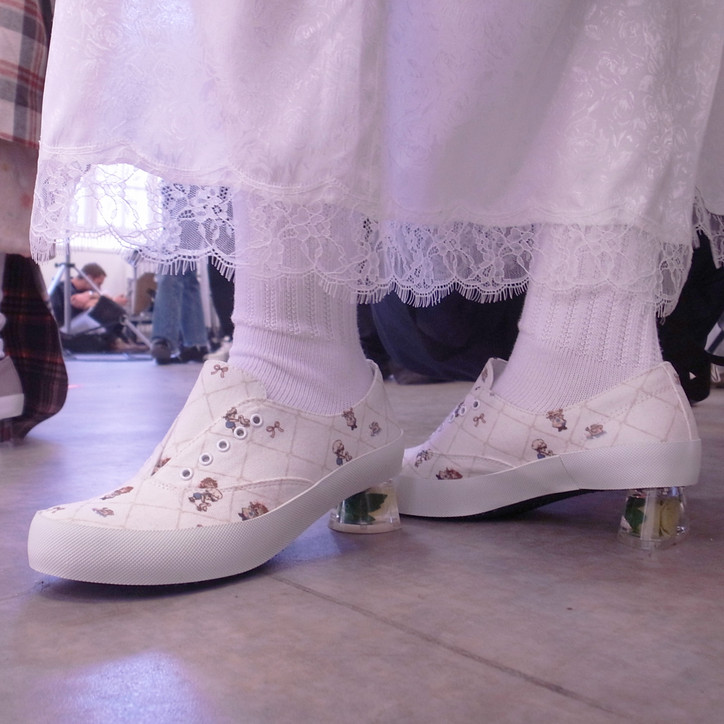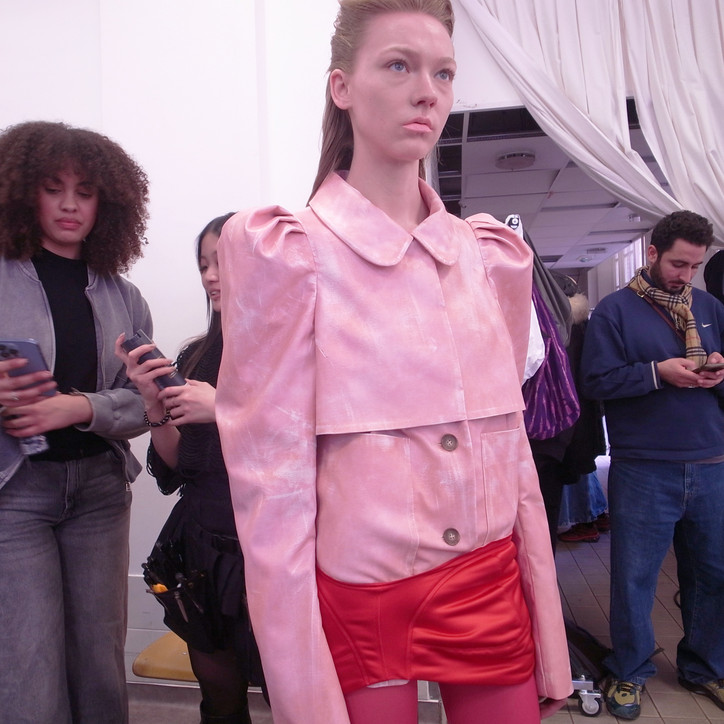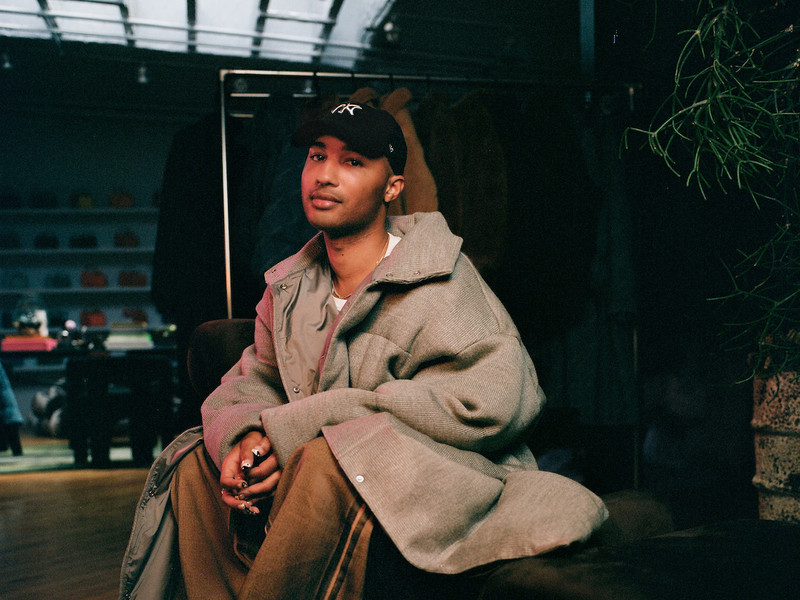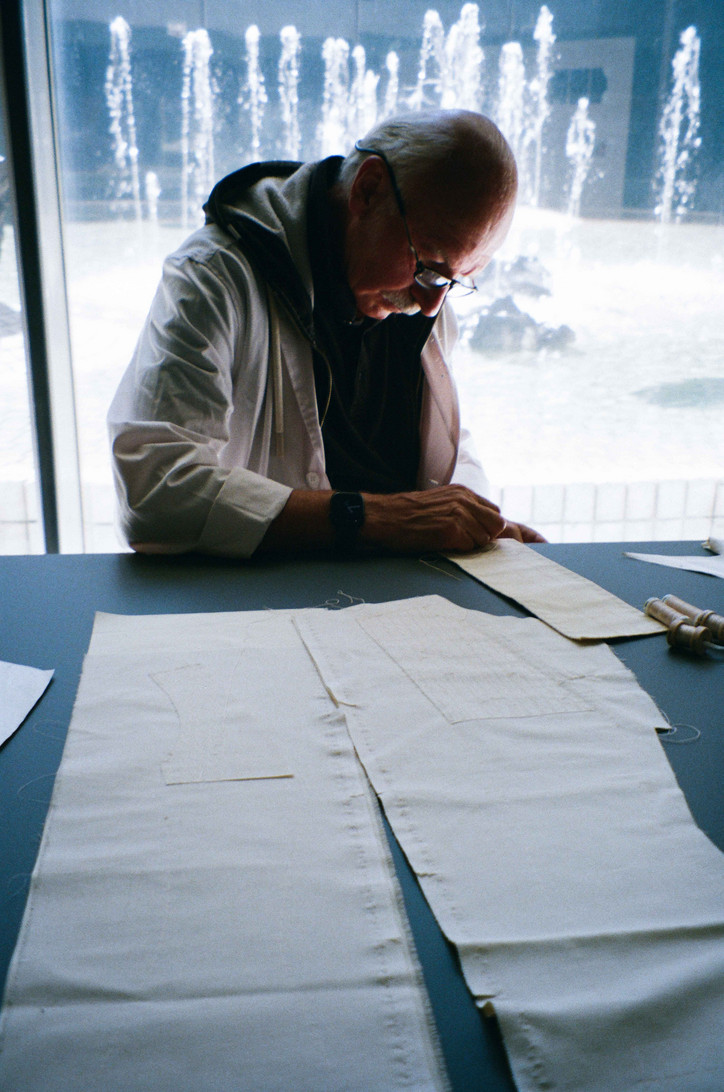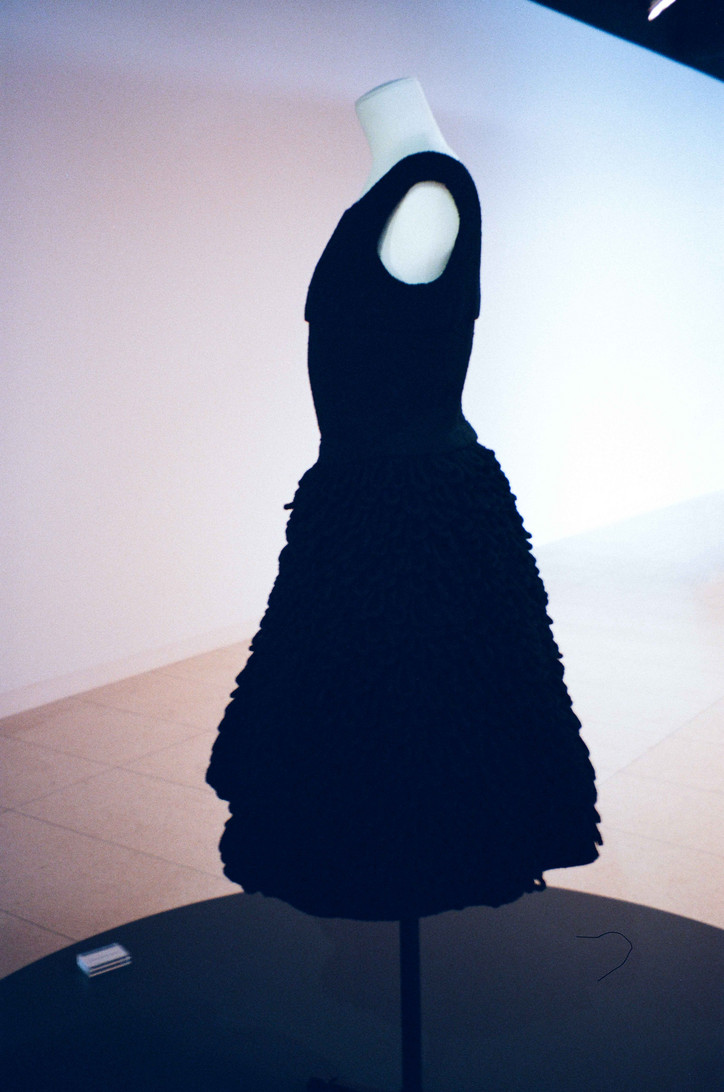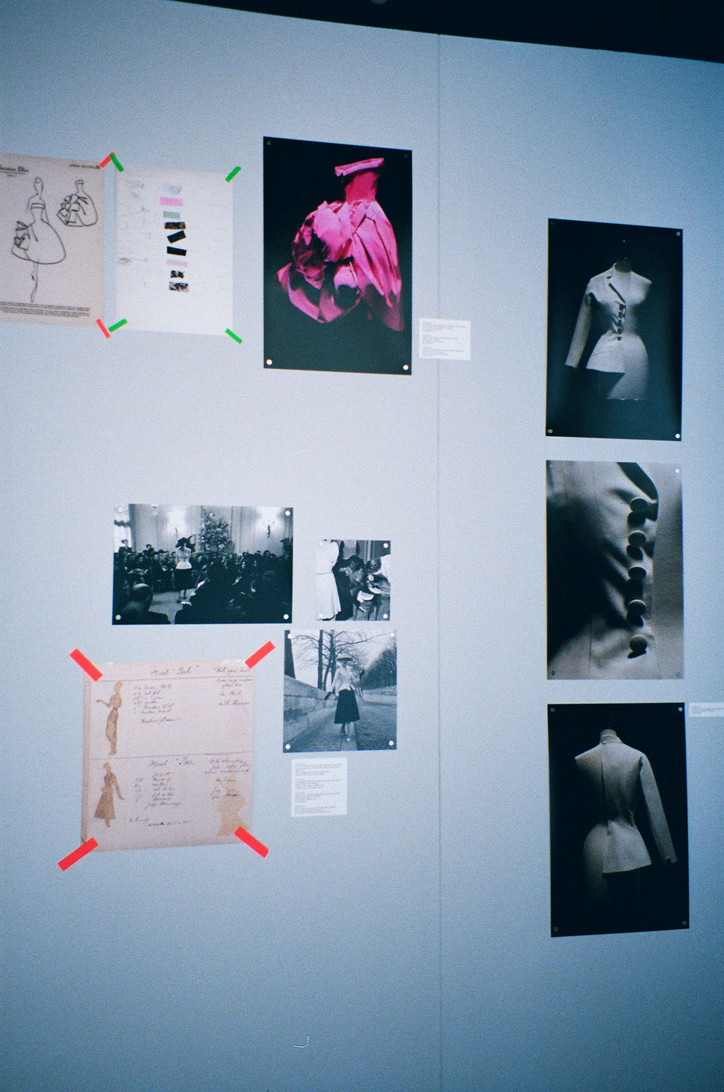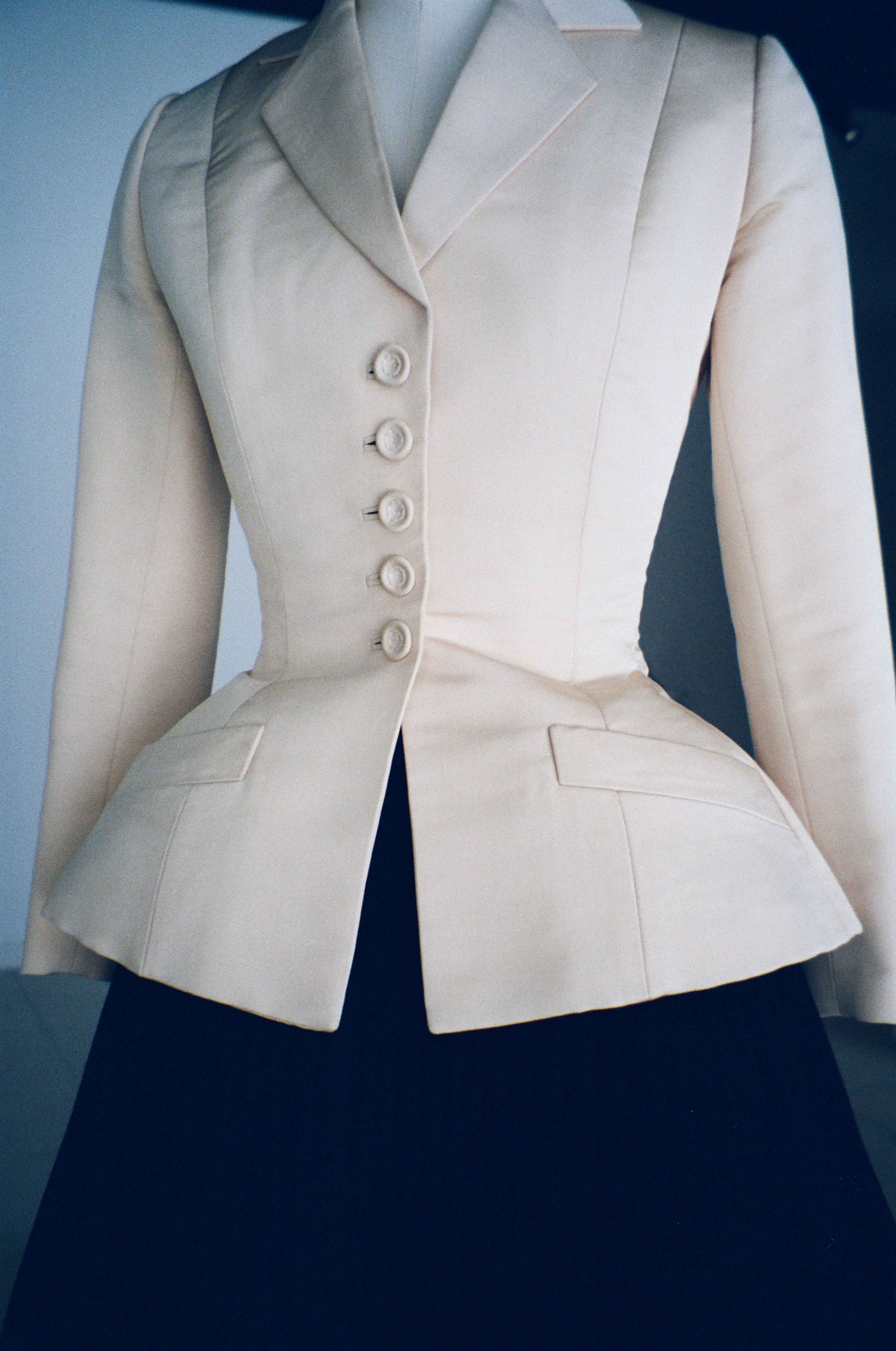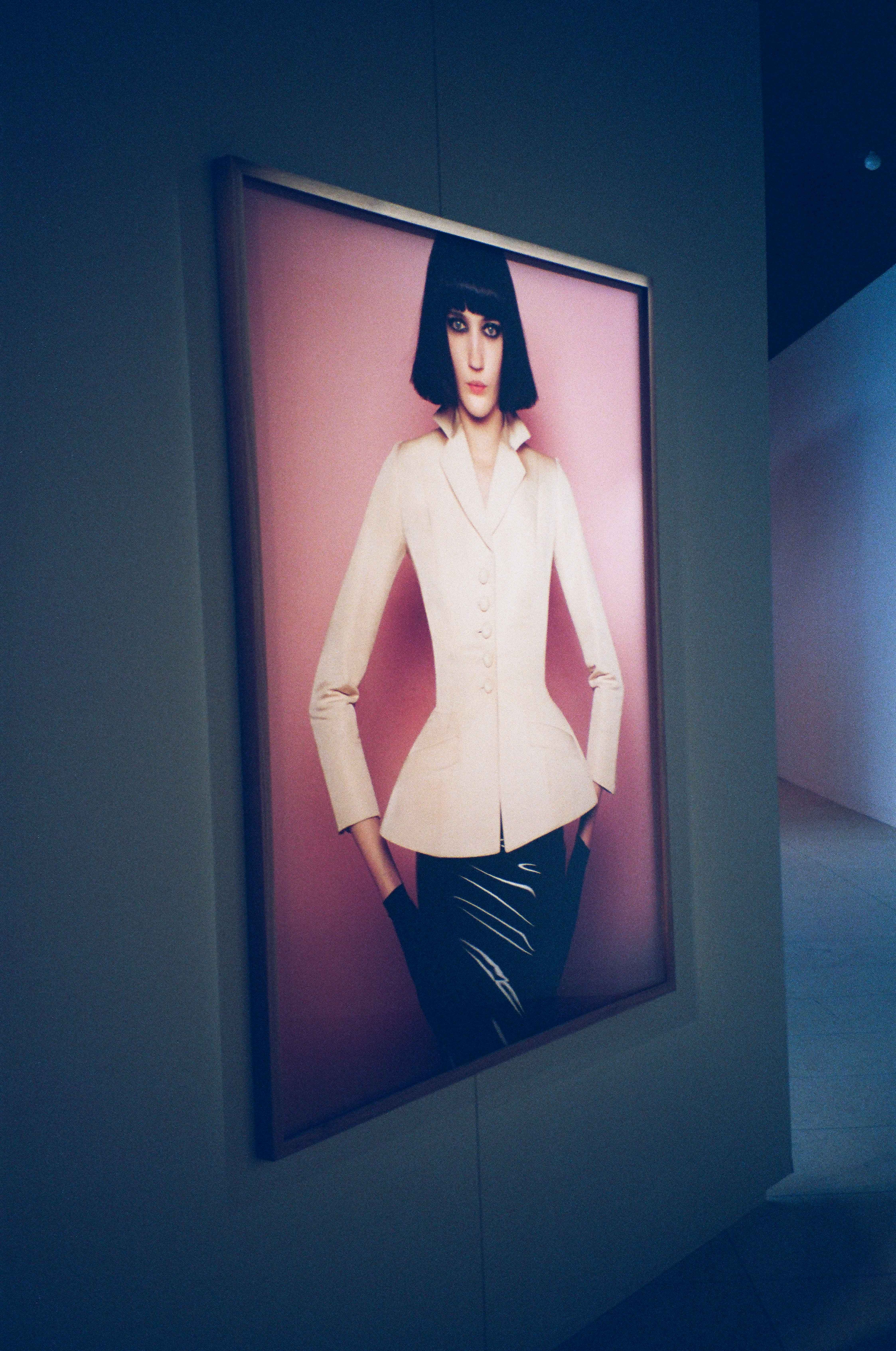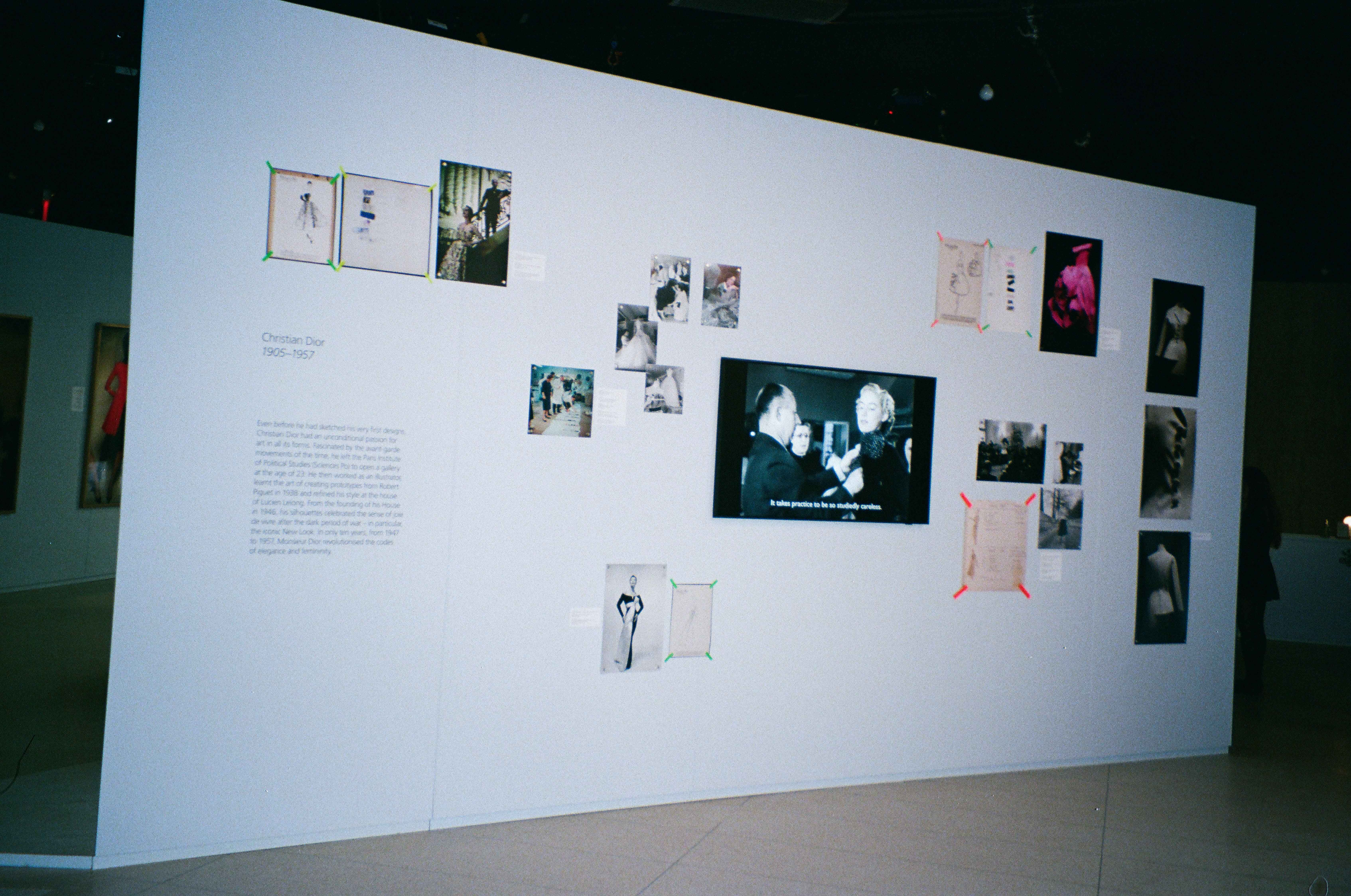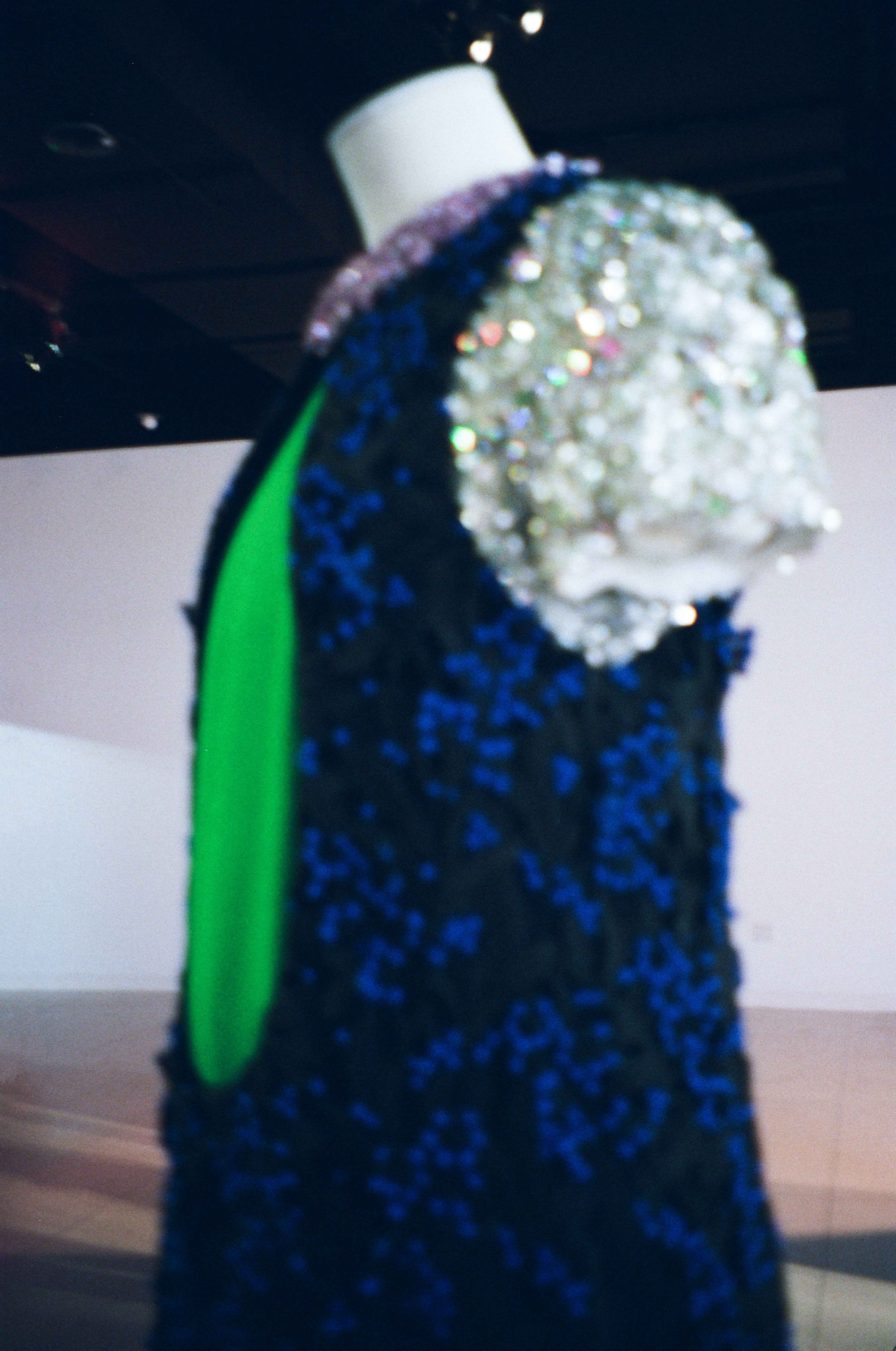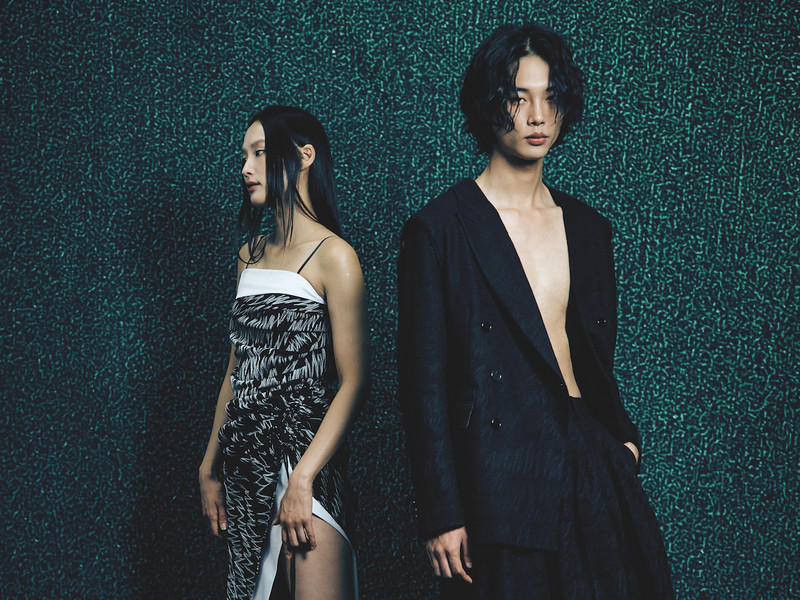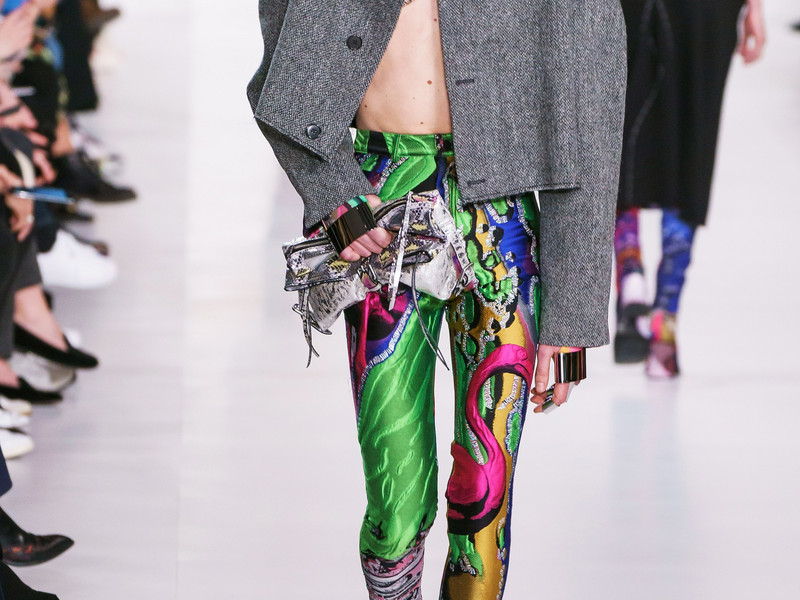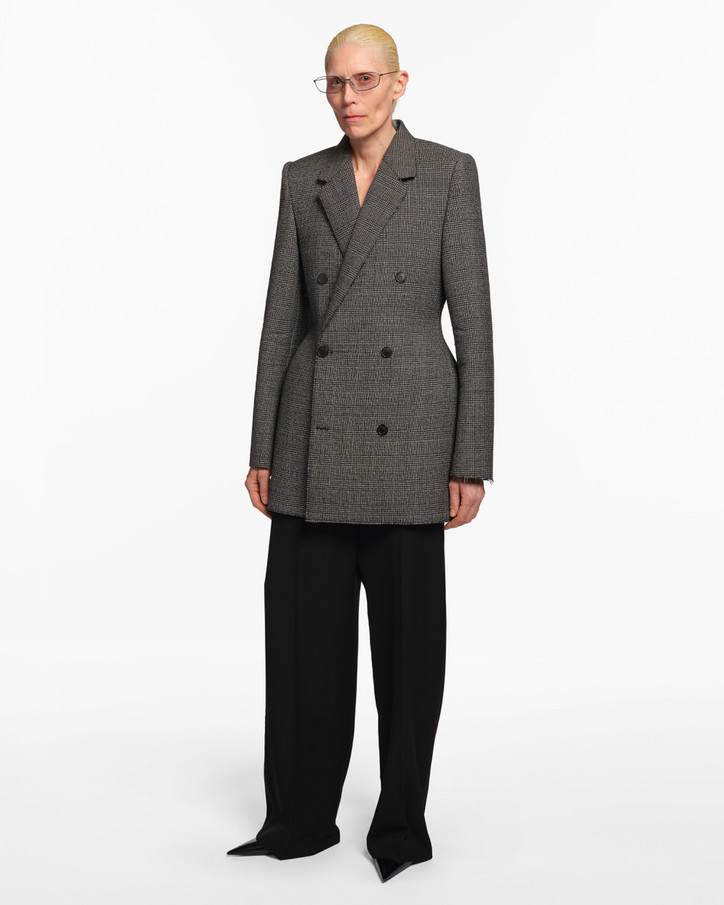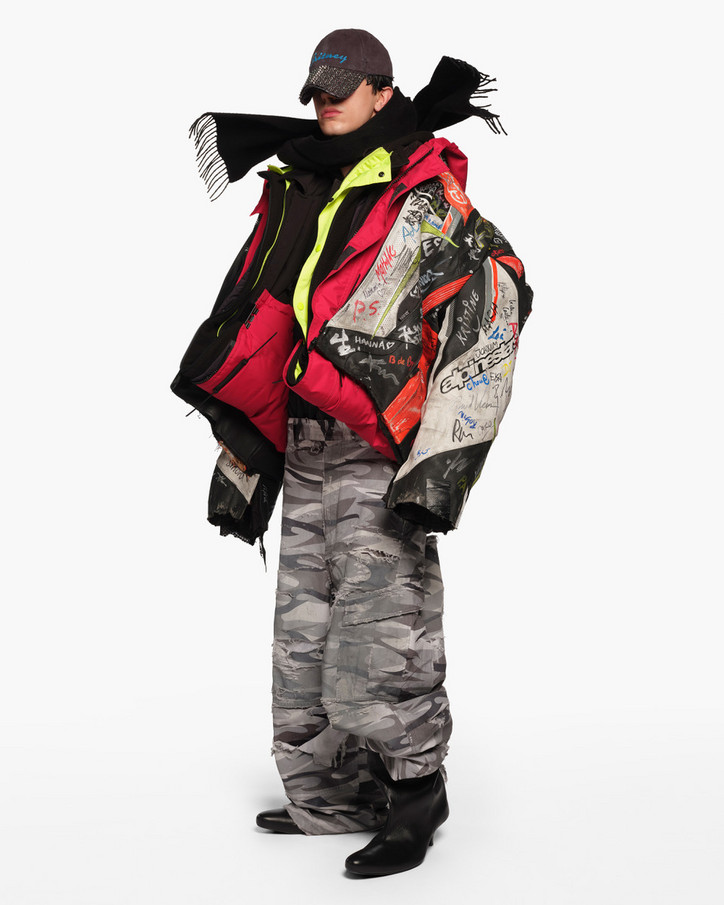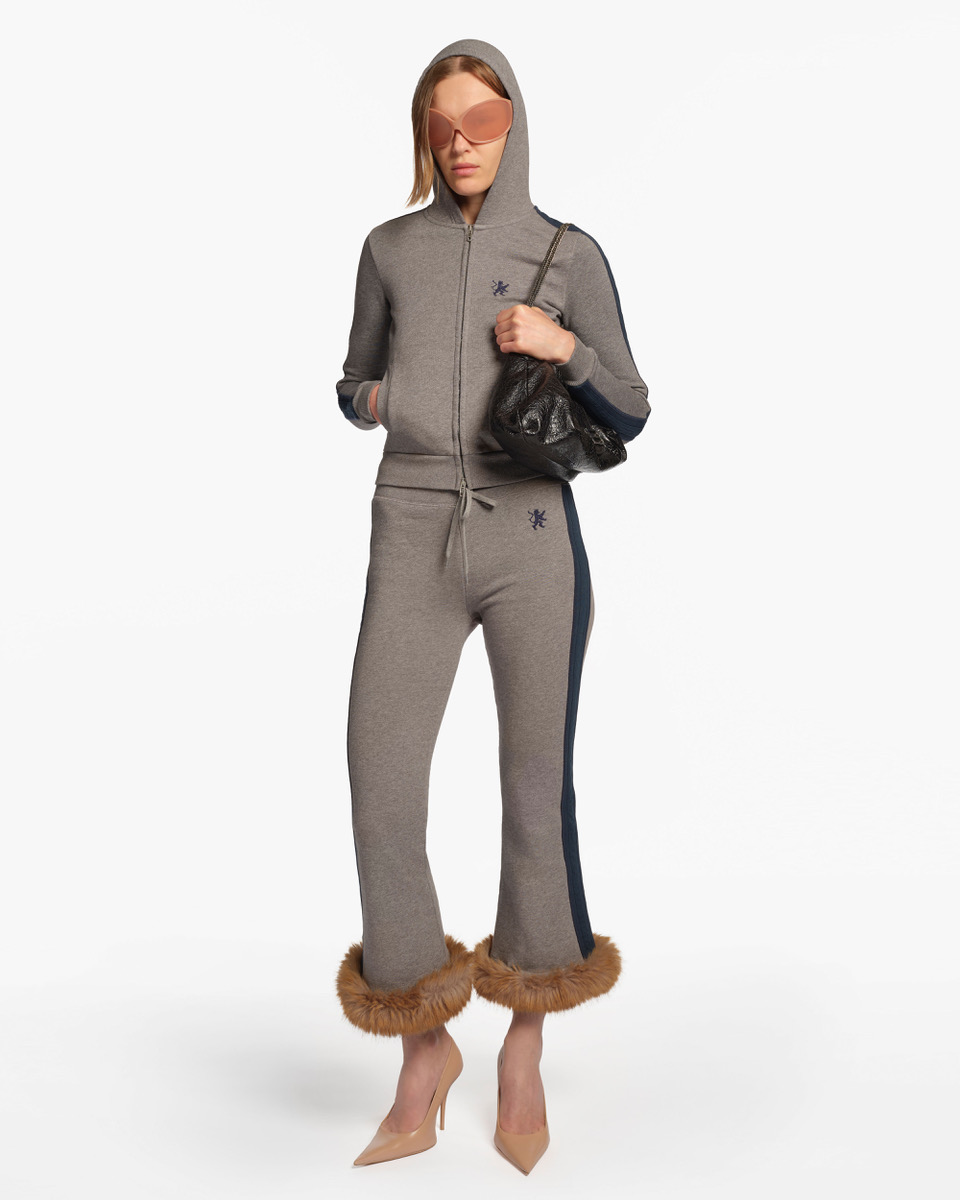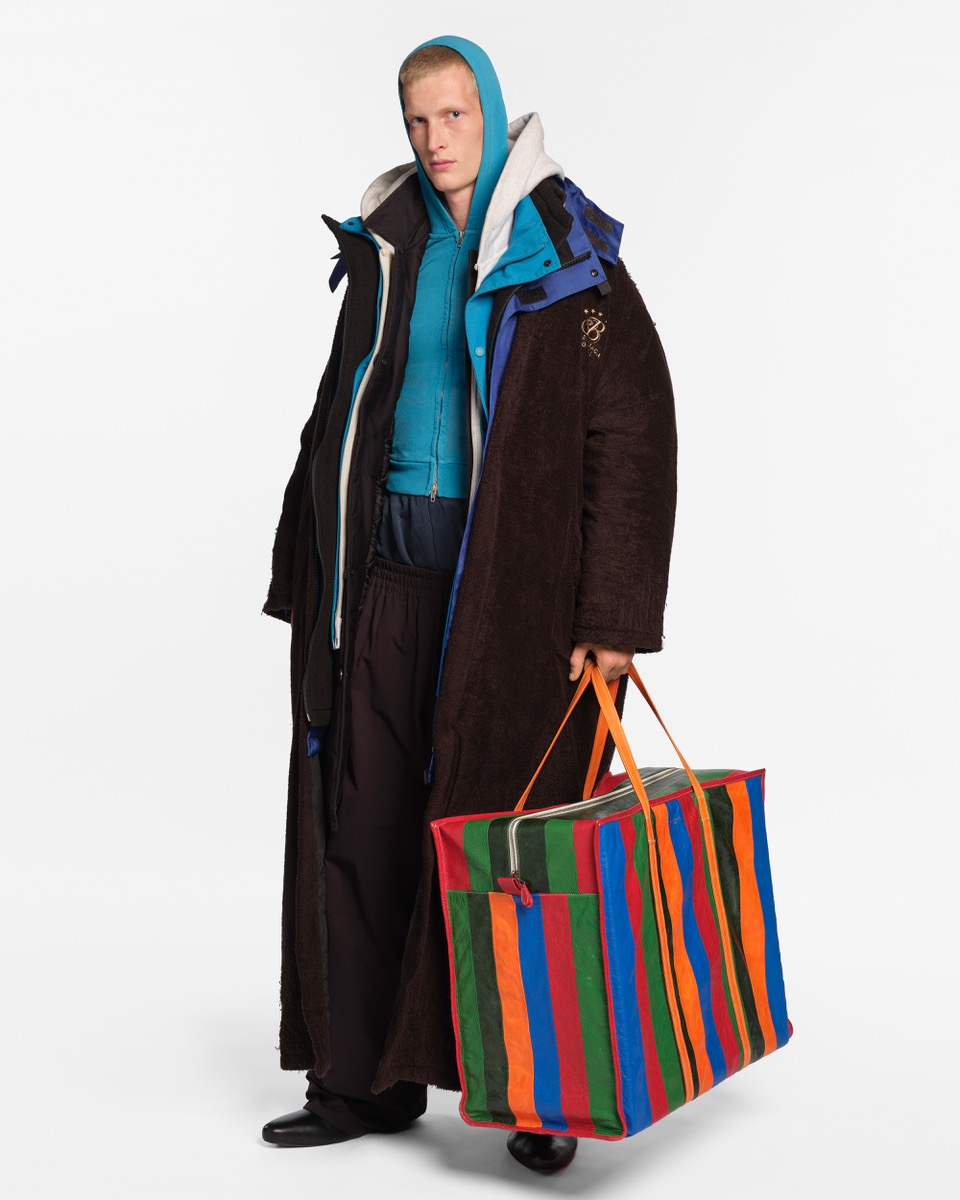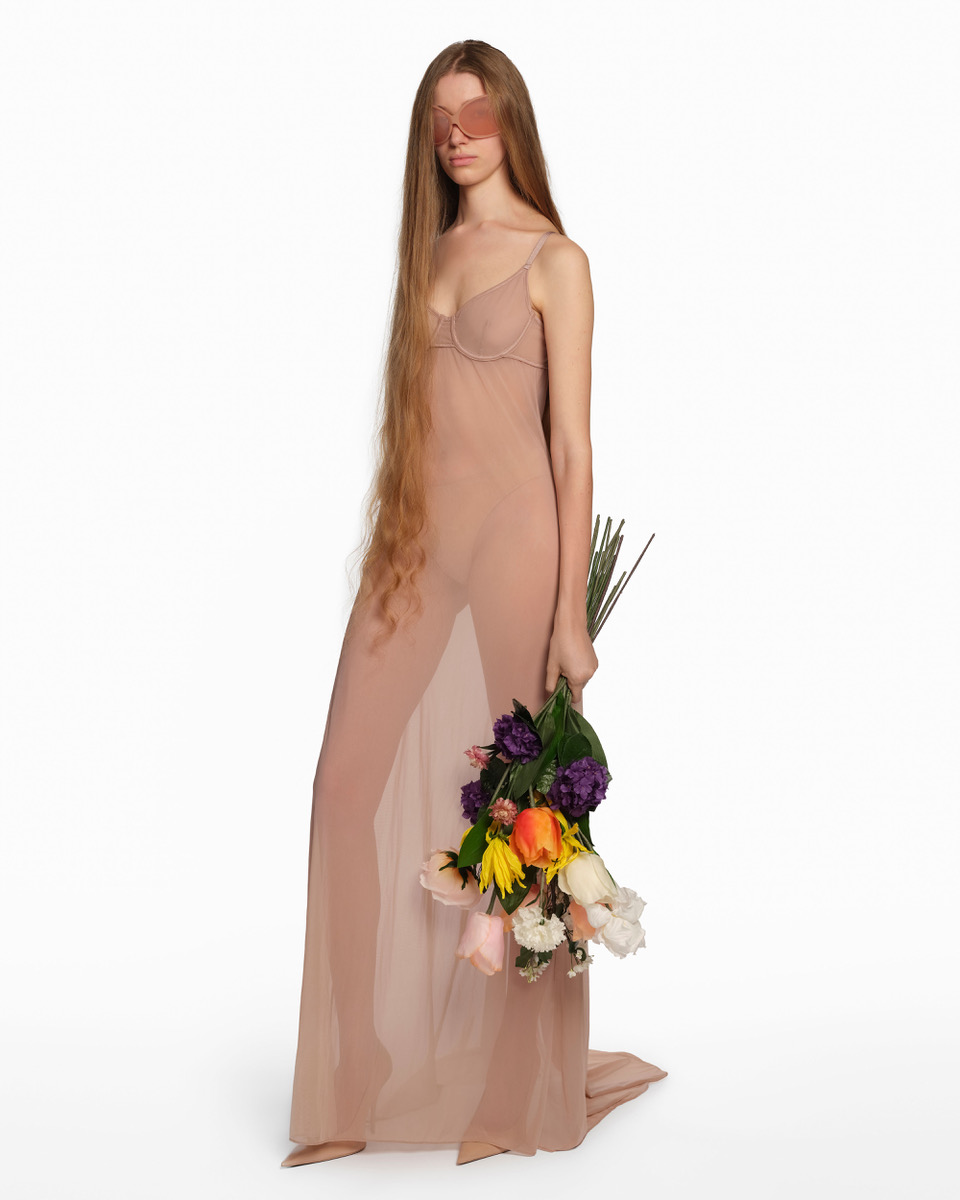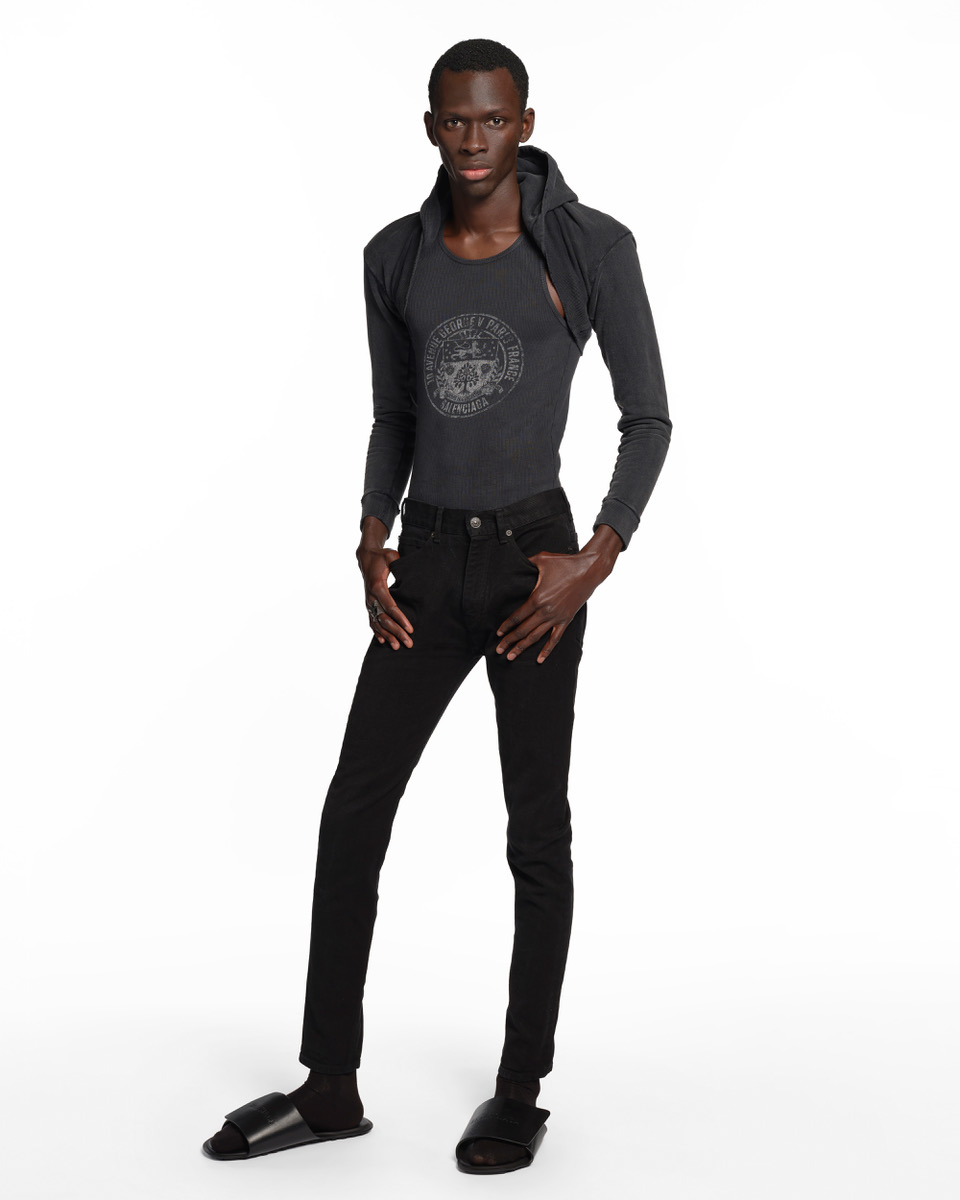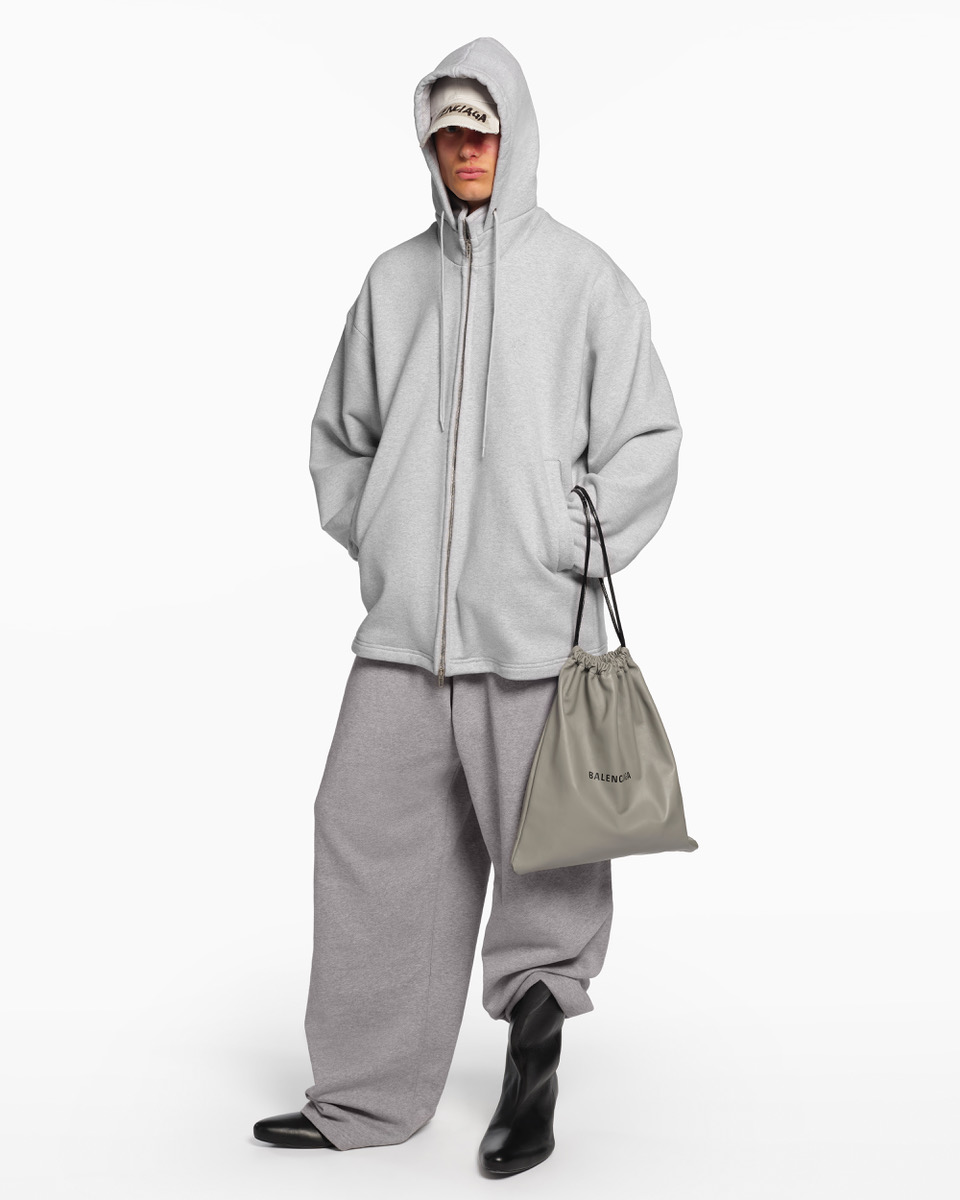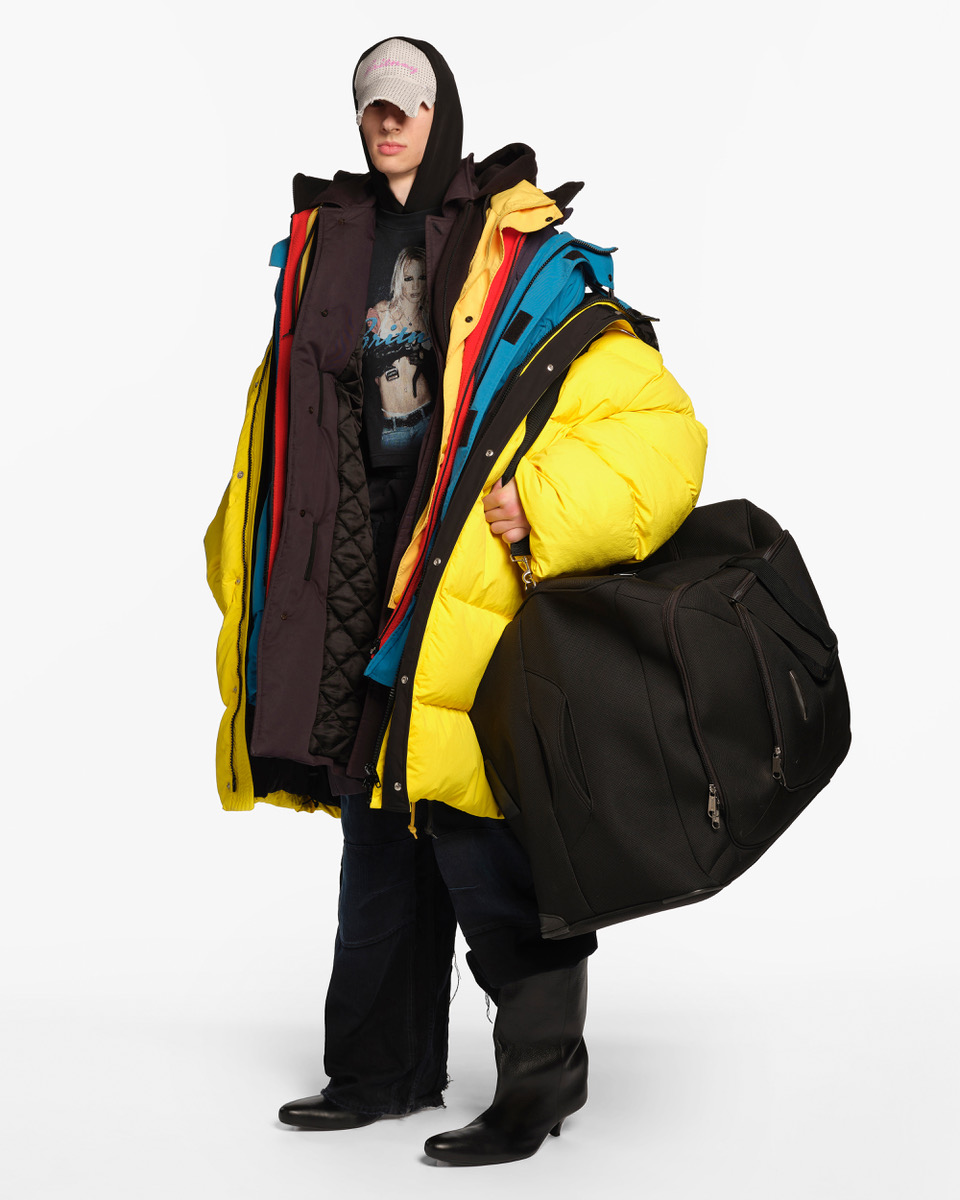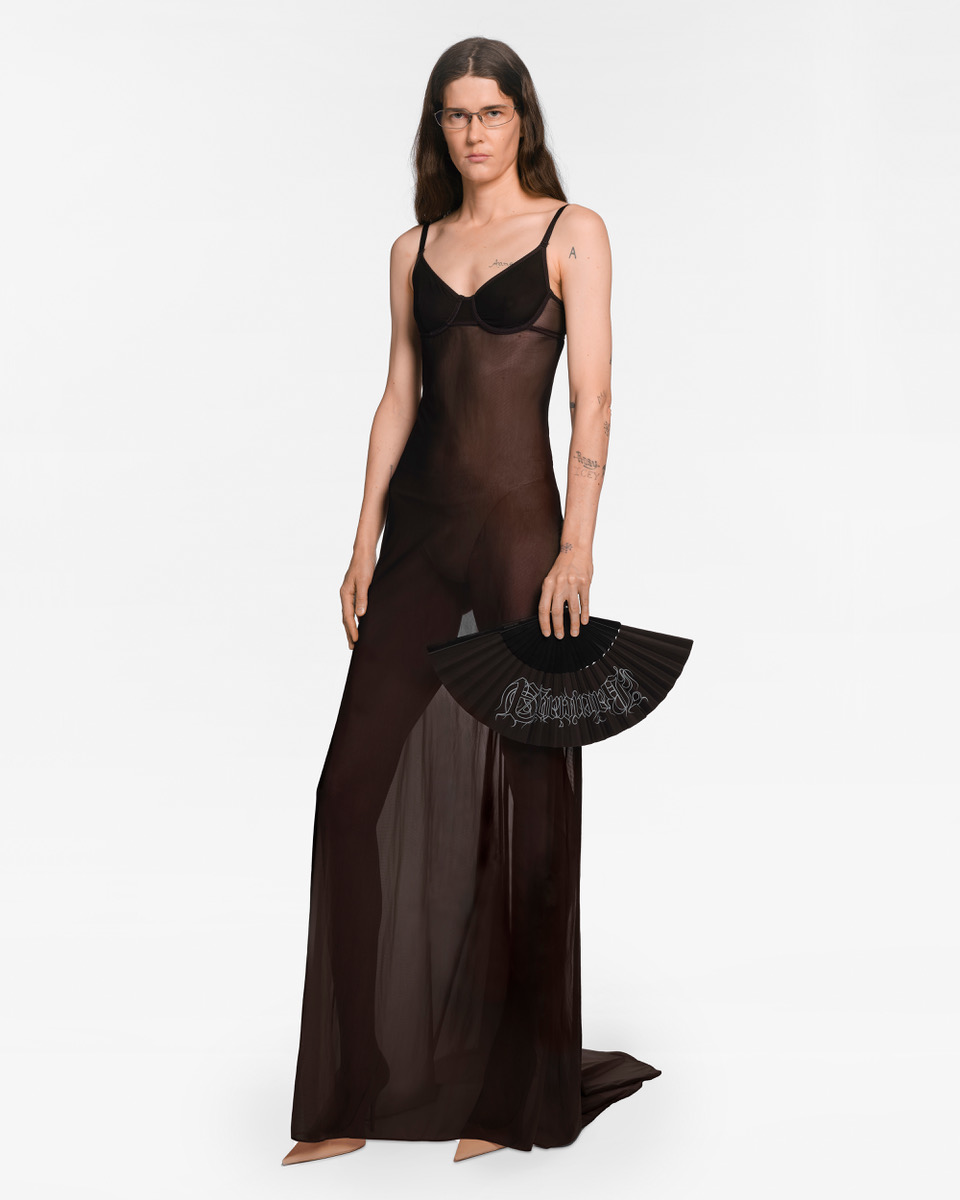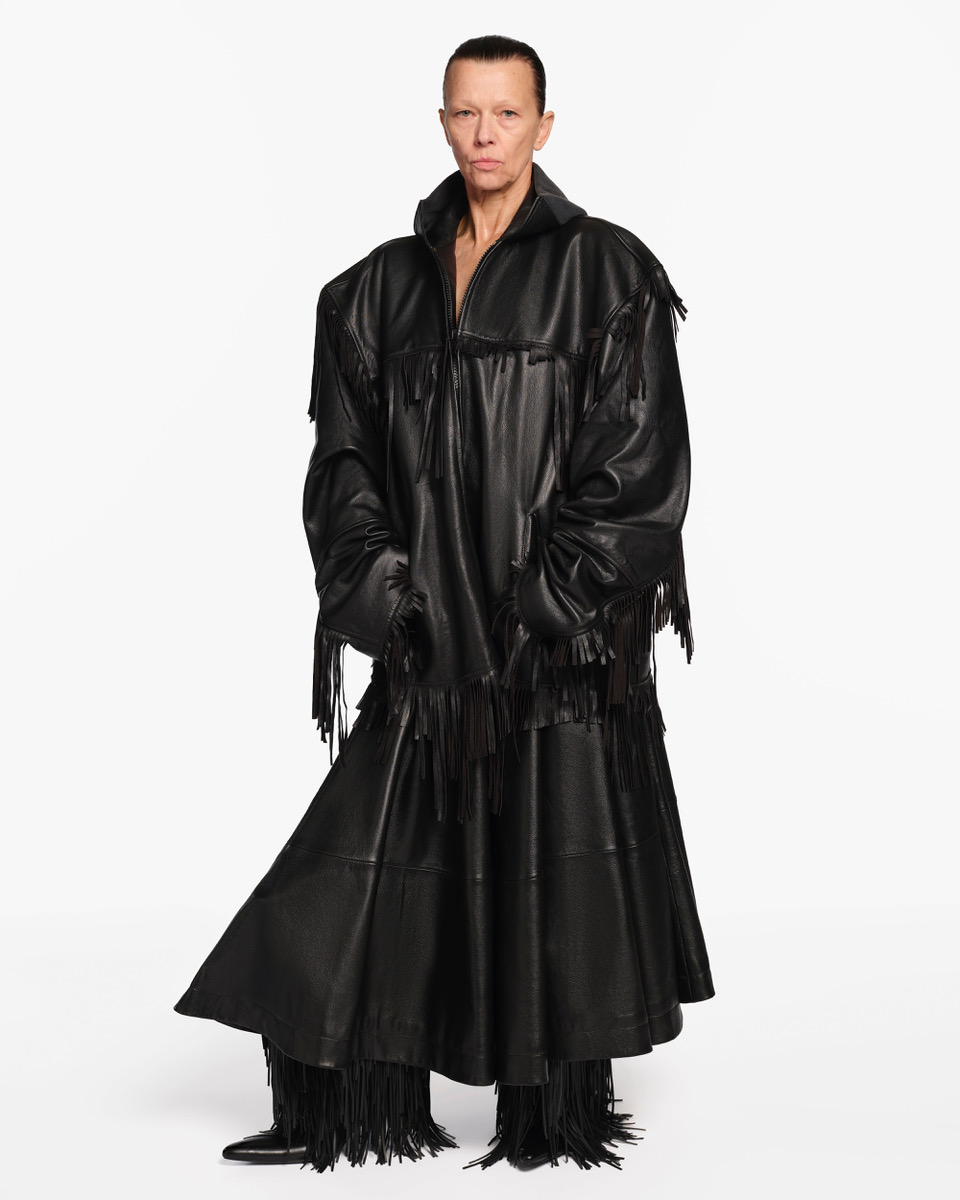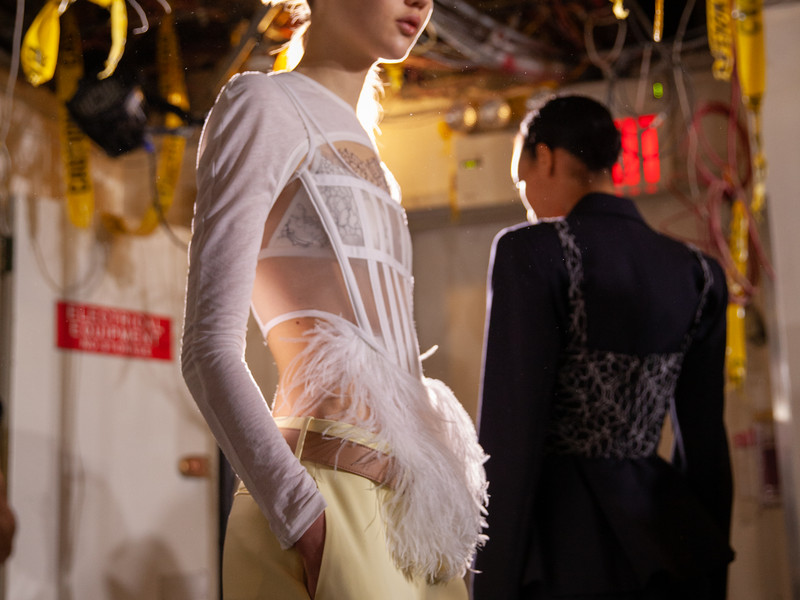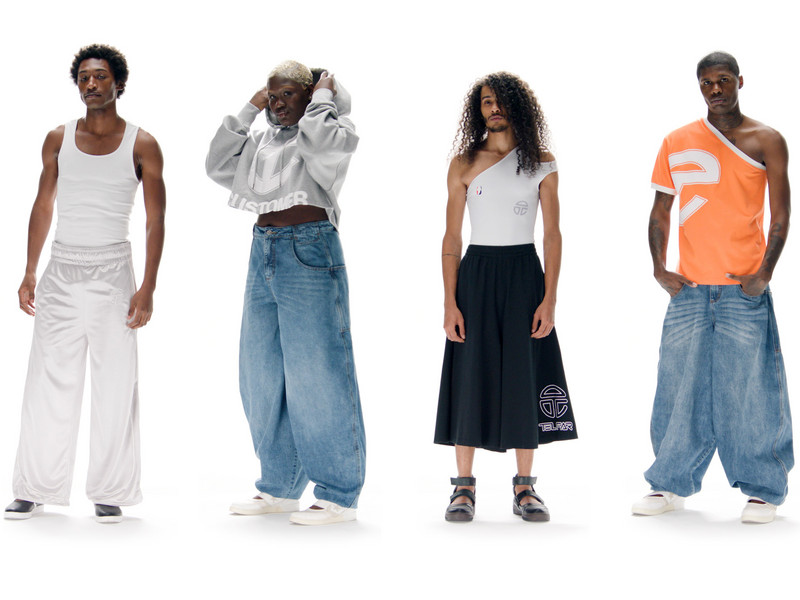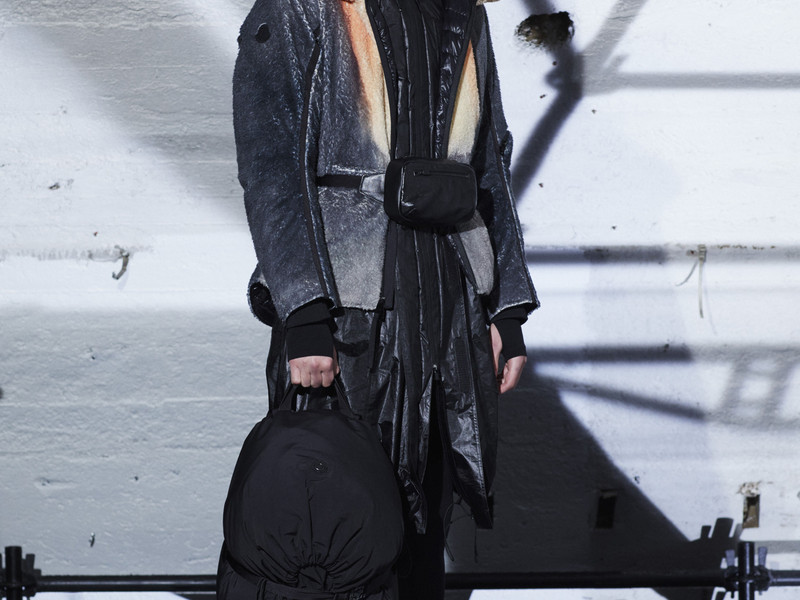AVAVAV is Bringing Sexy Back — On Their Own Terms
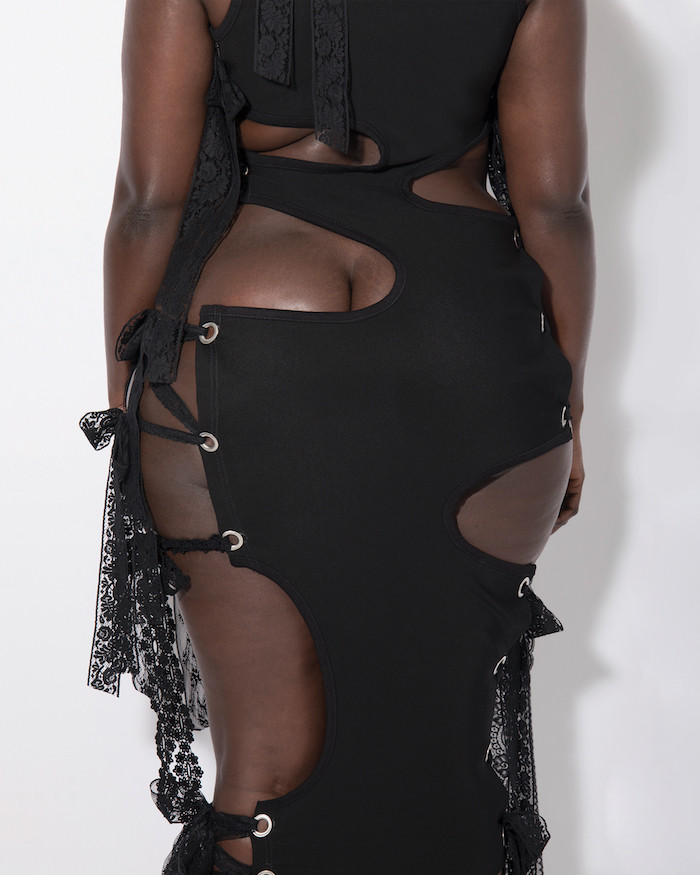
office spoke with Beate about normalizing the ever-so taboo buttcrack, thinking outside of the box, anime classics, and more. Read it all below.
Can you tell me what “Neo Nude” means to you?
Well, first, I wanted to use this idea of 'Neo-sexualism.' Neo nude is catchy and it explains the concept in just one word. But basically, it started from me always doing very covered up pieces. I hadn't ever been interested in doing more nudity in my pieces. Sexiness had not been something that I'd tried to reach as a designer so much. I usually tend to focus on the organic, kind of like Comme Des Garcons — in that world more so. So I wanted to do this, especially because we also realized that we were getting a lot of requests from celebrities, wanting things for the red carpet moments and things like that. Most of them wanted something sexier, so that was definitely new to me. I thought it would be both interesting to try it, but also to see if I would find a new sort of angle through it. I always try to find new ways to conceptualize my designs — to find new shapes and create pieces that hopefully awaken something in the viewer. What's been very new to me is that I usually work by disfiguring the body and not caring so much for the actual body proportions, but more so distorting that and making it bigger in certain parts or exaggerating certain things. But this is about shaping the silhouette with cutouts and focusing on things that I haven't before. When you look at so many designers' clothing, and especially red carpet moments, it's always super nude, but then they always cover the nipples. Because we're still so indoctrinated to believe that that's too much. So I wanted to do something where we could have moments of women and men wearing the same dresses, to equalize and show that it's just a body. It's female nips — like whatever. I thought it could be fun to also normalize the crack because it's so similar to cleavage. Both women and men have a buttcrack and it's actually very sexy, I think. I think it's a super interesting part of the body that we just always cover up. So the name came in as an attempt to reinvent what nudity and sexiness can mean for me as a designer. And, obviously, there's been a lot of creativity in that area, but not so much in the luxury designer world.
I think that it's all very, very reflective of this era that we're starting to see now, where people are a little bit more explorative in what they wear. People are willing to push the boundaries. Your goal is to invert stereotypical ideas of heteronormative “sexiness” through your avant-garde designs — what is your definition of “sexy”?
That's a super good question. When I was a teenager I was thrown into — as so many people are — this especially heteronormative way of constituting what sexy is and what parts you should show, and so on. I was very much pushed into this category that I never felt I actually fit into. In the years after that, I realized 'This is not me. This is not something that I've chosen myself.' It was for other people, because society wanted it. So I think after that, I didn't wanna do any 'naked' clothing ever. I think I wasn't ready to have my own idea of what that meant. So, in that sense, it's been a really fun collection because we are, collectively, as women and just people in general, going through this new journey of 'What feels sexy for me and how do I dress when I want to be sexy for myself?' It's not always about dressing for other people. To me, the sexiest thing is when you can feel that someone is just safe in themself and that they have made the choices on their own. Just knowing yourself, basically. I see it as sort of a responsibility, as a person who grew up with biases and indoctrinations, to kind of break away from that to understand what you actually do like. So I think it comes with the attitude. You can wear whatever — it doesn't have to be nude per se. But that you actually feel like you're owning it. I think that's the sexiest thing.
I think that feeling projects outward. So if that's how you feel, then it will show.
Exactly.
And along with inverting overplayed norms comes democratizing sexuality and facilitating empowerment — who is this collection meant for? Who do you hope to be able to empower?
I think that some people will not understand it, but, hopefully, they still can open up their minds to think, 'Okay, yeah, this is sexy.' With crack, it's funny that it has such associations to plumbers and plumbers cracks and so on. I think it can actually be really cute and sexy. And it applies to both women and men. But my hope is that it reaches out to a lot of different people who — even if they don't relate — that they can still see a new perspective. I am just trying to break down what we have, for so long, pushed into our society as sexy.
The 2000s are seeing a monumental revival in the fashion space as far as trends. One influential 2000s trend that is reminiscent of your super-low waisted silhouettes is low-rise jeans. What are some of your other favorite 2000s trends?
When I was little, Paris Hilton was it. And then there was also Avril Lavigne, kind of the more tomboy version of that style. It was kind of all the same trends but on different people. I think there's something nice about bringing it back, but now we're doing it in an empowering way, because the nineties and the 2000s were sort of a weird time. It was more common to want a really skinny figure. I think the difference now is that there isn't just one body archetype and one person that fits into these trends, but we're taking back what sexy can be on our own terms. Which I think is a really good way to go. I also think that sometimes when we are changing our views, we need to have something that we still relate to. And in this case, it's manifesting as repeating trends, like the early 2000s. But I did love Avril Lavigne and Paris Hilton, and The OC fashion, which I grew up with.
One of the dresses in the Neo Nude Collection is made of Burberry deadstock materials. Is repurposing and using sustainable methods something you do often?
Yeah, for sure. AVAVAV was founded upon the ideals of utilizing deadstock opportunities because there's so much luxury, really nice fabric that circles around the area. We also really like doing local production. But we've gone from doing everything deadstock to realizing that it's been very hard for a small, independent brand to survive on only doing that because you definitely need to adapt the whole collection to it. So right now we're trying to do a little bit of both. We're doing everything locally — sourcing and producing everything locally. And then all of our denim is deadstock and many things in the collection are deadstock because we're just trying to push it in wherever we can. Also, there's something really fun about finding a fabric like the Burberry fabric, that is so clearly Burberry because it's their signature checks. And then going farther by turning that into a piece that maybe Burberry wouldn't have made because it's a little bit too progressive for them. We're trying to make it into a fun part of the brand, but it's definitely something we work with a lot and have been working with. And again that connects back to putting your own spin on things — even when it comes to the fabric.
Your designs are all so whimsical, but also extremely surreal and almost eerie. Would you say your designs are reflective of your dreams or your nightmares? What part of your mind do they come from?
I've designed more playful pieces for a long time. And then these past few years it's become more monstrous and nightmarish. I think that that balance is really interesting. I like when designs are not only cute and playful and childish but also aggressive and provocative. My biggest philosophy when it comes to design is just to play with shapes and to come up with new silhouettes, which has also been different with this collection because it has been more about looking into how we can still show so much of the body. It's been difficult to find this balance of playing with the silhouette, but still keeping it very fitted and showing some skin. But I do take a lot of inspiration from my childhood and the visuals that I was encountering back then. I still watch a lot of anime and Miyazaki movies and I take a lot of inspiration from very playful places. But the reason why I love anime and Miyazaki is because he's so good at blending the super vulgar, but also super childish and playful elements.
I think anything that has that ability to be so dynamic makes it so much more thought-provoking, because there are so many different angles that you can see it from. From claw feet to finger shoes, to now the new collection, it seems like you’ve defied every expectation already. How do you plan to keep the momentum going?
I will say, especially now that we've done a more 'nude-focused' collection, and because we are driven by otherness and trying to reinvent what fashion and product can be, it can be very difficult when you're a small brand to get a lot of these more conservative people and parts of the industry to like it. It can be a big risk. It hurts to be different sometimes, even though it's also great. So for us, I definitely don't want to back out of that because I think that's the whole meaning of what we want to do as a brand. I want to keep digging into sculpture and form and shapes in fashion; that's what I feel is my biggest passion. So I think we're going to keep pushing and creating concepts that show a different perspective of fashion. Our shoes, for example, have been getting a lot of attention, but also they are quite niche and there's definitely a customer for them, which is so fun because that allows us to continue doing this. We do need to find a place where we can also have clothing and products that are not super commercial, but just that can still be more wearable every day. We're also looking into getting into the metaverse and creating more digital pieces, which is also super fun for us.
